- Takes the Outlander's drivetrain to a smaller package
- Cheap to run - if charged regularly
- Excellent aftersales program
- Price premium over the petrol model is huge
- Ride and handling need improvement
- Dated interior switchgear
Here’s a question: what’s the best-selling plug-in hybrid ever made? Answer: the Mitsubishi Outlander PHEV. With over 300,000 sales under its belt, the Outlander PHEV has almost single-handedly kept Mitsubishi Europe in business since its release in 2012. Such success makes you wonder why Mitsubishi hasn’t yet replicated the Outlander PHEV’s drivetrain in a smaller package – and now, in 2022, it finally has. Enter the 2022 Mitsubishi Eclipse Cross PHEV Exceed.
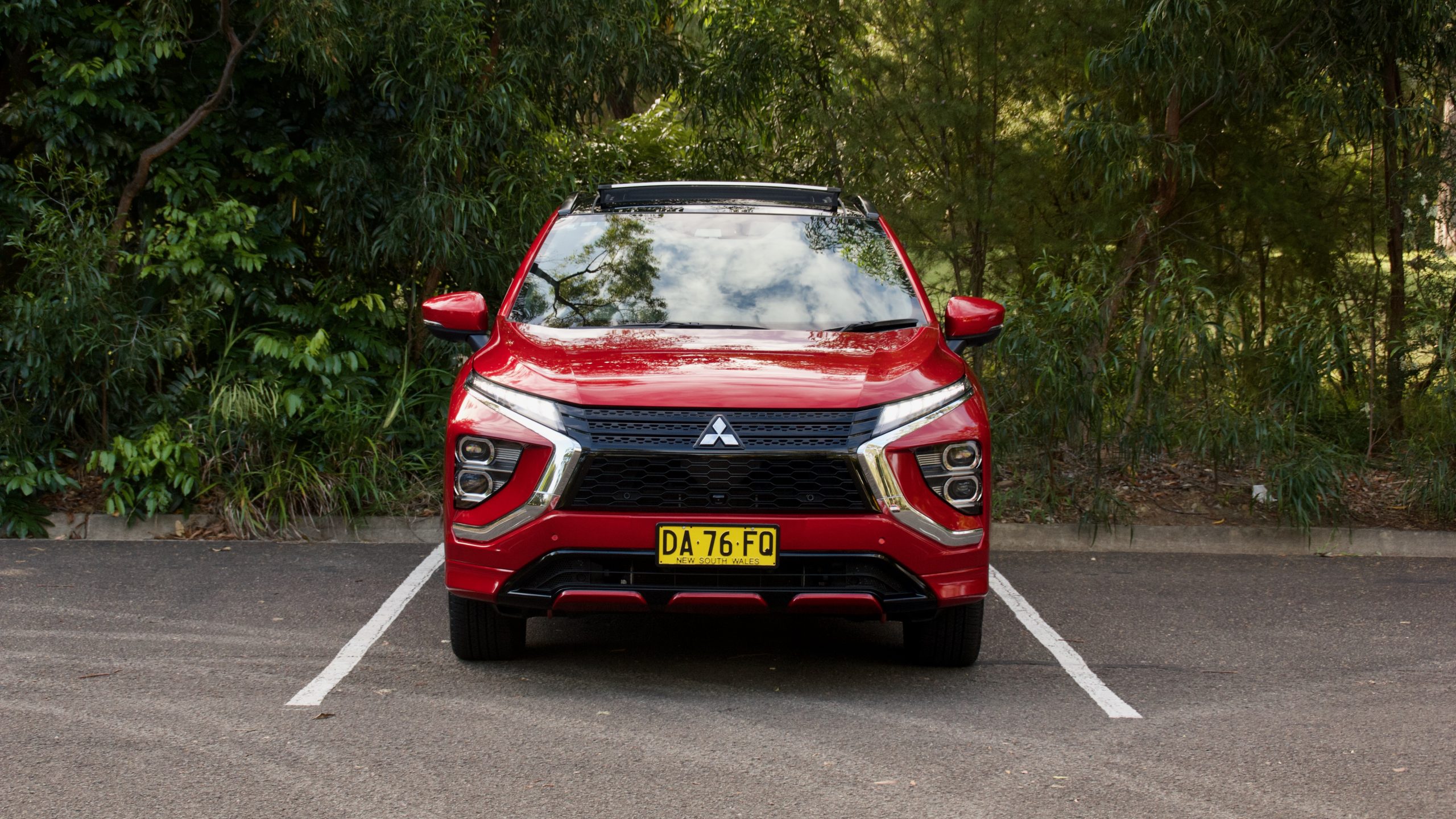
Based the same platform as the previous Outlander, the Eclipse Cross PHEV takes the Outlander’s drivetrain but transfers it to a smaller package. Aside from the Kia Niro PHEV, the Eclipse Cross PHEV has no direct competitor in Australia. Other green SUV options include the Ford Escape PHEV, MG HS PHEV, Hyundai Kona Electric and Toyota’s C-HR and RAV4 Hybrid which are all available for around the same money.
Price & Equipment: 6/10
While the regular Eclipse Cross range is priced from $30,990 plus on-road costs ($31,490 drive away) and the most expensive petrol model is $44,340 drive away, the top-spec PHEV Exceed AWD is priced at $53,990 plus on-road costs (around $59,000 drive away). That’s a lot of money for an SUV which is certainly getting on in terms of its age.
The Exceed PHEV is equipped with 18-inch wheels, LED headlights and front fog lamps, roof rails, auto lights and wipers, leather upholstery with eight-way electrically adjustable front seats, heated front and rear seats, a heated leather steering wheel, dual-zone climate control, an 8.0-inch touchscreen with wired Apple CarPlay and Android Auto, satellite navigation, digital radio, an eight-speaker sound system, several driving modes, rear privacy glass, keyless entry and start, heated and auto-folding mirrors, a dual-pane sunroof and a black headliner.
Safety equipment includes seven airbags, auto emergency braking (AEB) with pedestrian detection, lane departure warning, lane keep assist, blind-spot monitoring with rear cross-traffic alert, low-speed automatic misacceleration braking, front and rear parking sensors, a 360-degree parking camera, adaptive cruise control, auto high beam and a heads-up display. Full lane tracing, driver attention monitoring, rear occupant alert, Matrix headlights and auto rear braking are unavailable.
Colour choices include the no-cost ‘White’, $740 extra ‘Lightning Blue’, ‘Sterling Silver’ and ‘Titanium’, as well as $940 ‘White Diamond’, ‘Black’ and our test car’s ‘Red Diamond’. Interior colour choices are either white or black leather.
Competitors to the Eclipse Cross PHEV are varied. The Kia Niro PHEV Sport ($53,990 drive away) is the most direct competitor, but if you’re after a plug-in hybrid SUV, the MG HS Plus EV PHEV ($47,990 drive away) and Ford Escape ST-Line PHEV ($58,000 drive away) provide a similar size to the Eclipse Cross, both with similar driving range.
But there are also more ways to electrification that buyers must consider – a Toyota RAV4 Cruiser Hybrid AWD is around $54,000 drive away, while a Hyundai Kona Electric starts at around the same money as this Eclipse Cross PHEV Exceed.
Performance & Economy: 8/10
Under the bonnet of the 2022 Mitsubishi Eclipse Cross PHEV is a 94kW/199Nm 2.4-litre four-cylinder petrol engine that’s matched to 60kW/137Nm front and 70kW/195Nm rear electric motors, which draw power from a 13.8kWh lithium-ion battery pack mounted under the rear floor. Mitsubishi doesn’t give combined power and torque figures. The drivetrain is more than peppy enough for everyday driving and when running on electric-only mode, the petrol engine rarely kicks in unless maximum acceleration is called for, or you’re at highway speeds. When it kicks in, the petrol engine is surprisingly quiet.
Helping the Eclipse Cross’ fuel economy and ability to run solely on electric power is its regenerative braking, which can be adjusted using the paddle shifters. Unlike pure hybrid cars, it’s possible to add real driving range using them if you plan your braking, which is helpful. As with other electric cars as well, it’s possible to drive mostly using the regenerative braking and not the actual brake, which is partly why you can drive the Eclipse Cross PHEV so much on electric power. Handily, the trip computer tells you how far (as a percentage) you’ve driven electrically and there’s also a comprehensive economy computer in the central touchscreen.
Mitsubishi claims that the Eclipse Cross will use just 1.9L/100km of fuel and an all-electric range of 55km – that’s versus the Niro PHEV’s official 1.3L/100km rating and the same 55km of electric range. On one trip, we achieved 52km on electric power, and afterwards in hybrid mode, 6.2L/100km. That gives a rating of 3.1L/100km, which is almost double that of the claim, but still quite good – and we didn’t even activate ‘save’ mode, which uses the petrol engine to charge the battery for later. It will happily run on 91RON regular unleaded and features a 60-litre fuel tank.
As with any other plug-in hybrid, the key to achieving anywhere near the claimed economy is having the ability to charge it often. Using a 10 amp household powerpoint, Mitsubishi says that it takes up to seven hours to fully recharge, and using an AC charger, 3.5 hours. The Eclipse Cross PHEV can use either AC Type 2 and CHAdeMO plugs, which opens up the number available of available charging stations – using the latter gives a 0 to 80 per cent charge in as little as 25 minutes.
Ride & Handling: 7/10
Riding on the same platform as the regular Eclipse – and almost every other Mitsubishi product for the past two decades – the Eclipse Cross PHEV is not the greatest car to drive. Dynamically, it’s reasonable thanks largely to its excellent all-wheel drive system, though it can roll a lot in corners and the steering offers little feel. The ride quality is definitely worse than the regular Eclipse Cross thanks to its 300kg weight gain – around town, it’s a touch firm and rebounds can last for a long time, while at highway speeds it settles down noticeably. This SUV feels well behind the pack leaders.
But for regular people driving from A to B, the Eclipse Cross PHEV provides a relatively serene environment thanks to its great noise suppression. Road noise levels are pleasingly low, and even when the petrol engine is switched on and warming up, it’s somehow quite quiet. All-round visibility isn’t great, however, so it’s lucky that the Eclipse Cross has a 360-degree camera. Overall, the Kia Niro PHEV is better dynamically and feels more natural to drive, despite being older.
Interior & Practicality: 7/10
While the drivetrain in the 2022 Mitsubishi Eclipse Cross PHEV is completely different to the regular model, the interior is almost identical aside from the PHEV-specific gear selector, dials and eco menus in both the trip computer and infotainment system. While Mitsubishi tried to create a more premium cabin – especially compared with the ASX of which the Eclipse Cross shares a platform with – in the Eclipse Cross, there are certainly dated elements to it.
Material quality inside the cabin is good, though not premium, with a soft touch dashboard and door tops. The leather used on the seats and steering wheel is nice to the touch as well, while even the lower quality materials feel built to last. What dates the cabin is the use of old generation Mitsubishi switchgear, such as the clunky indicator and wiper stalks, window controls, old dials and the huge amount of buttons everywhere – especially against the brand new Outlander, which has just been released, with its new screens, buttons and materials.
Centre of the Eclipse Cross’ cabin is an 8.0-inch touchscreen with wired Apple CarPlay and Android Auto, satellite navigation and digital radio. The system uses the same software as other Mitsubishi products and it’s reasonably intuitive to use, though a bit slow and the screen quality is not great either – the 10.25-inch system in the Niro Sport is far superior. The eight-speaker sound system is surprisingly punchy, however.
The Eclipse Cross’ cabin is reasonably practical with two large cupholders, big door bins, a big glovebox and a box underneath the centre armrest – though more storage spots would be appreciated like a wireless phone charger ahead of the shifter.
The rear seat in the Eclipse Cross is a reasonable place to spend time with heated seats, a centre arm rest, map pockets, door pocket cup holders and a sunroof panel- though there are still no air vents that the Niro features, and only a 12V socket to charge devices (not proper USB ports). The room on offer is reasonable, though six-footers won’t like the lack of headroom caused by the sloping roofline. Despite being all-wheel drive, the centre position doesn’t suffer from a large drivetrain tunnel because the front and rear motors aren’t linked.
The Eclipse Cross’s boot suffers slightly with the PHEV battery set up mounted underneath the floor – it also has no spare wheel, just a can of goo. While the regular model offers 405-litres of space, the PHEV’s boot is 359L with the seats up – folding them unlocks a small 626L, whereas the regular Eclipse Cross offers 1,172L with its seats folded.
Service & Warranty: 10/10
Like other Mitsubishi products, the Eclipse Cross PHEV features a five-year/100,000km warranty with five years of roadside assistance – but if you service it at a dealership, your warranty could last up to 10 years/200,000km in total. Regardless of where it’s serviced, the battery carries an eight-year/160,000km warranty. Like the regular Eclipse Cross, the PHEV’s service intervals are once yearly/every 15,000km and its five year/75,000km service cost is a reasonable $1,695 (an average of $339 per service).
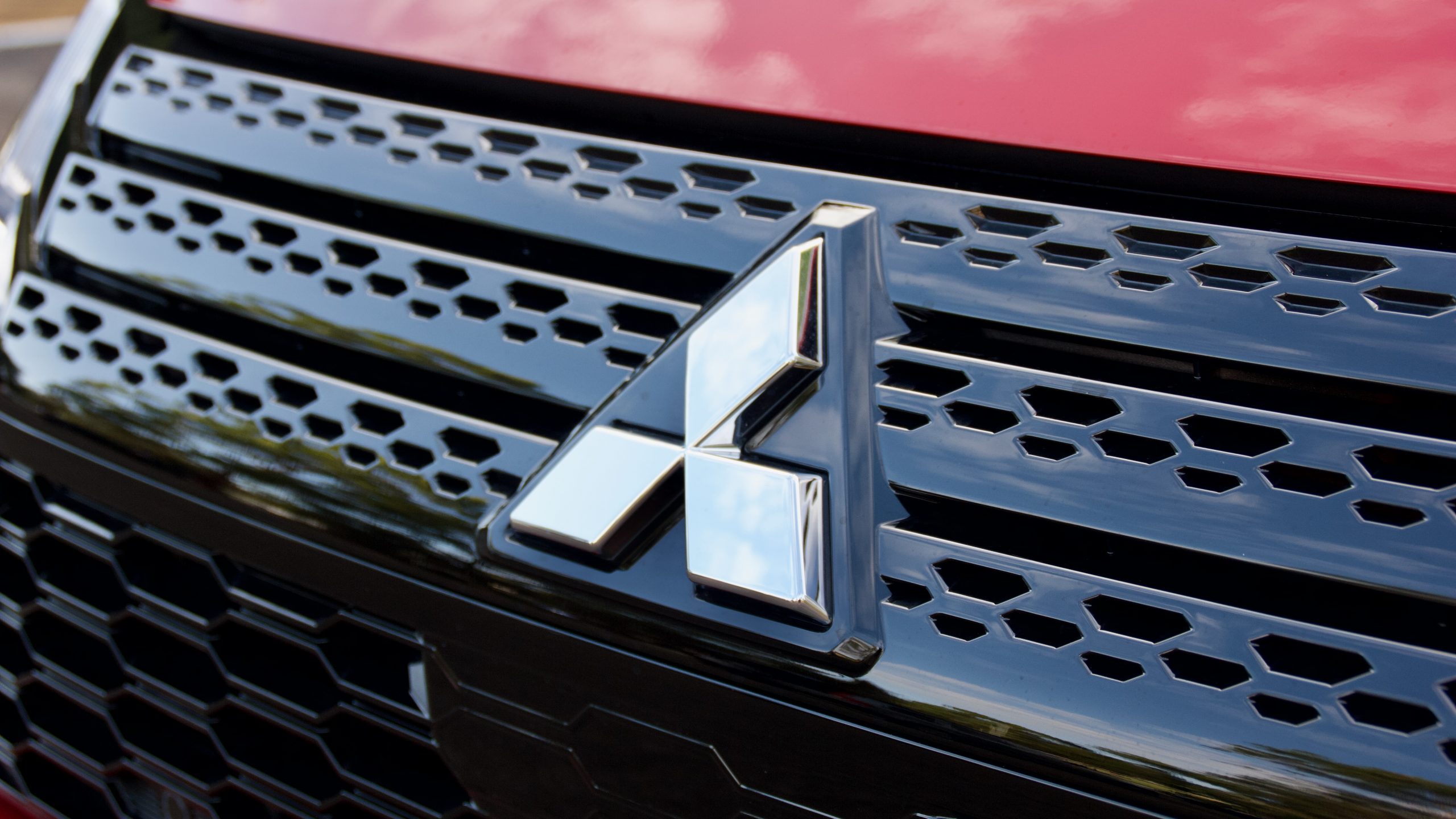
The Kia Niro PHEV has a seven-year/unlimited km warranty with an eight-year/160,000km warranty for the battery pack. Five years/75,000km of servicing costs $2,321 ($464 per service). Ford is yet to announce service pricing and warranty for the battery pack for the Escape PHEV but servicing the petrol model costs $1,500 over five years ($300 per service). The MG HS PHEV’s lesser 10,000km service intervals mean that while it costs only $1,589 over five years, it’s only to 50,000km. The MG’s seven-year/unlimited km warranty covers the battery as well.
The 2022 Mitsubishi Eclipse Cross PHEV Exceed DiscoverAuto Rating: 7.6/10
If you have access to regular charging, there’s no doubting the 2022 Mitsubishi Eclipse Cross PHEV’s ability to drive electrically and with a lesser cost than petrol – a full charge overnight costs around $1.80 on cheap electricity, which takes you around 50km.
As an added bonus, the PHEV’s drivetrain is superior to the regular turbo petrol model thanks to its added drivability and quietness. Plus, there’s a lot more to recommend about the Eclipse Cross, such as its practical cabin, agreeable driving experience and long warranty program and cheap servicing.
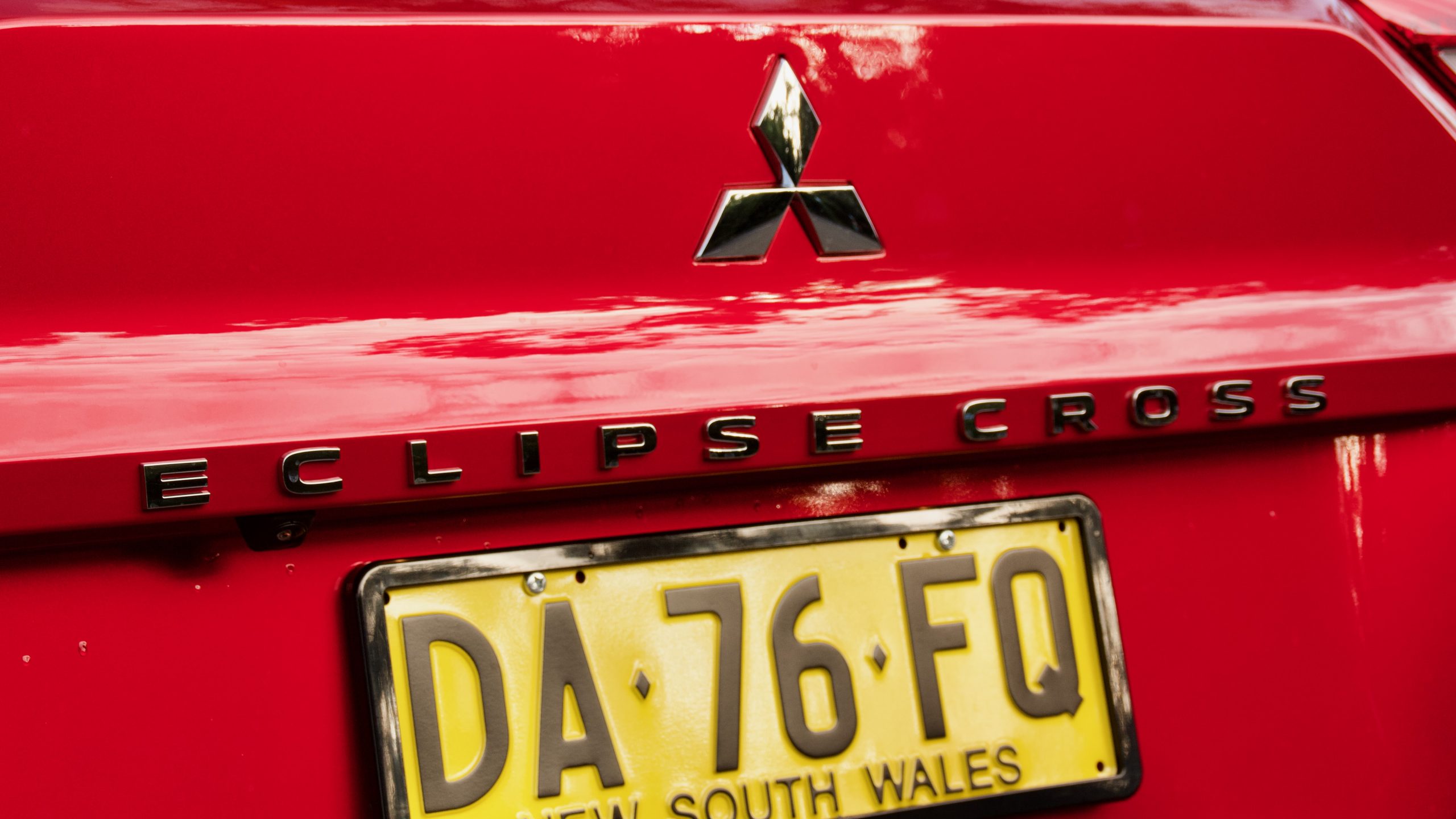
But aside from the argument of if plug-in hybrids make sense to you, the biggest issue facing the Eclipse Cross PHEV is its added entry cost. Not only is it very expensive for an Eclipse Cross – the top-spec petrol model is a good $15,000 cheaper – but even against larger competitors like the MG HS PHEV and Ford Escape PHEV, it’s also not very good value for money. As a financial stepping stone from petrol to electric power, it also makes little sense as a similarly-sized Hyundai Kona Electric is priced very similarly to it. As such, the Eclipse Cross PHEV is difficult to recommend as a one-size-fits-all PHEV because better value – in a range of definitions – exists elsewhere.
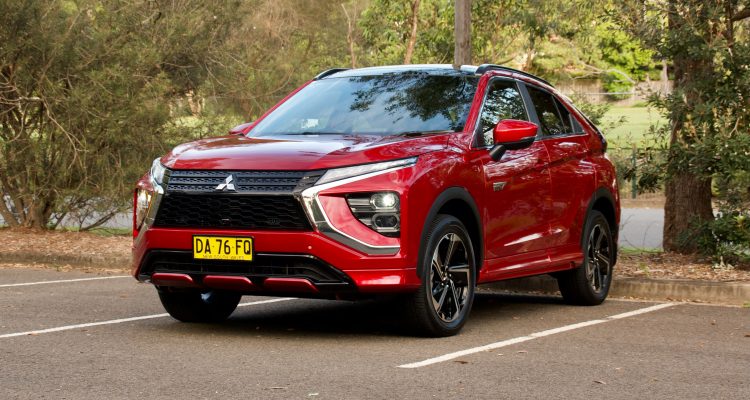
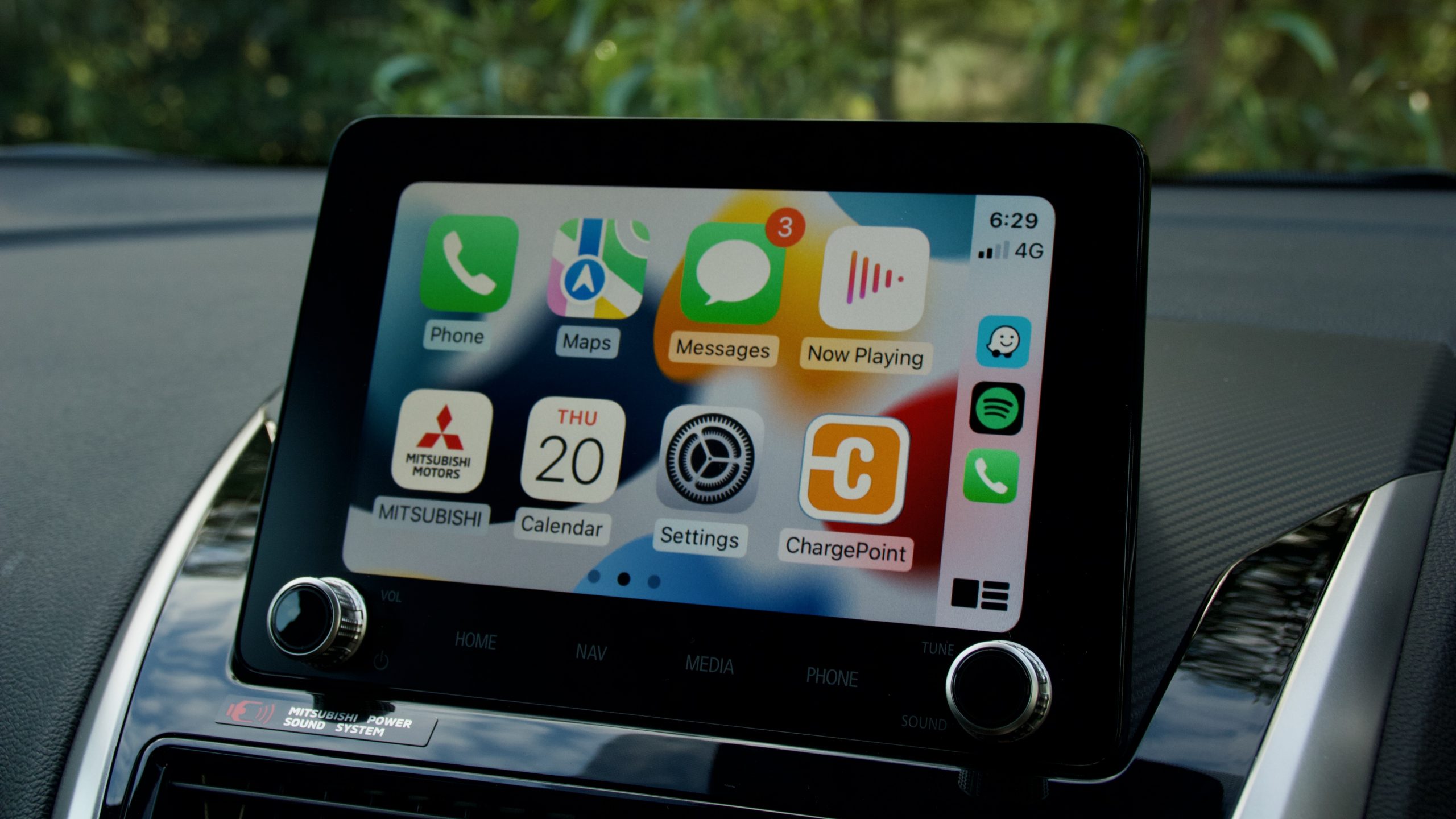
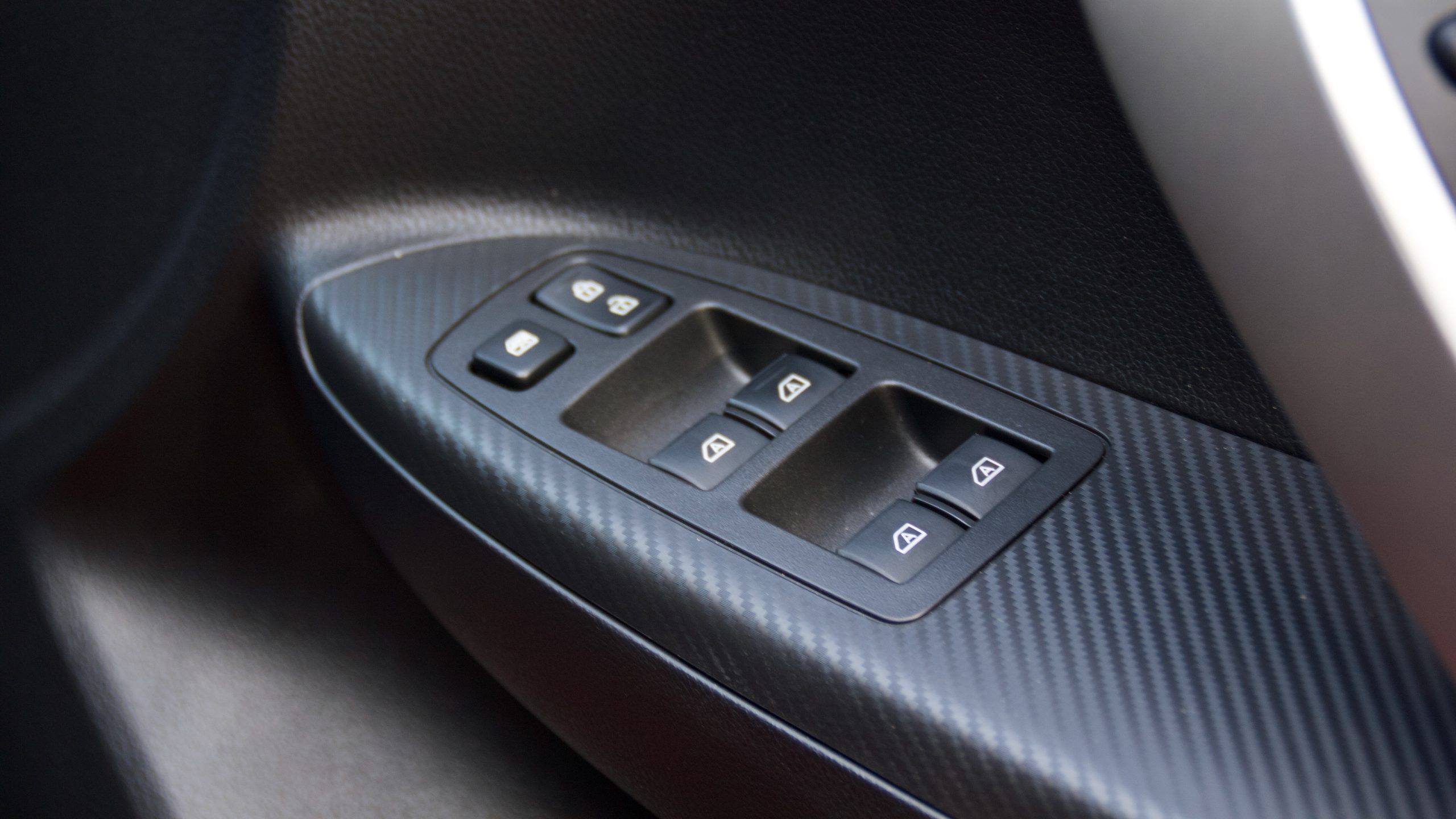
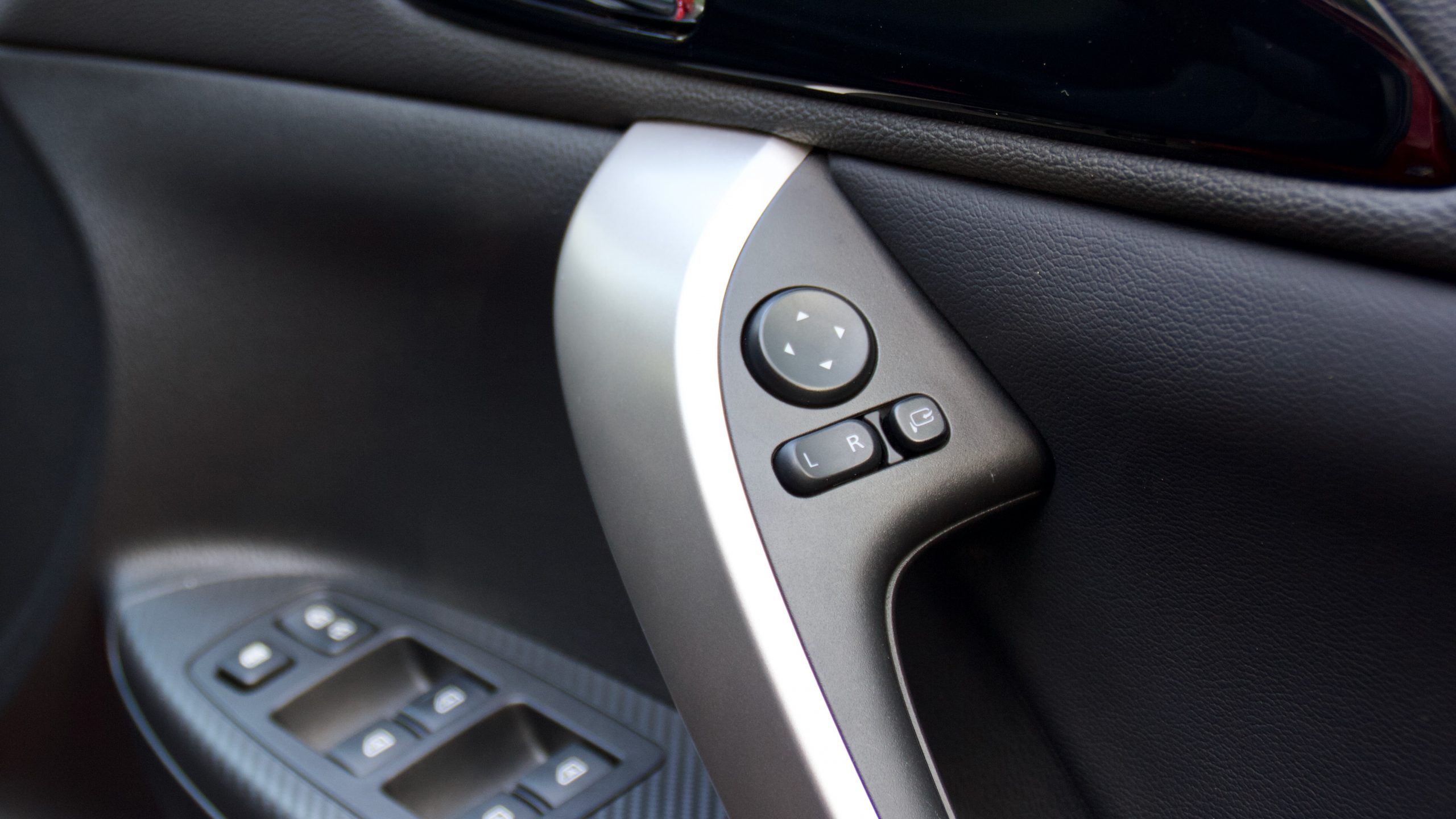
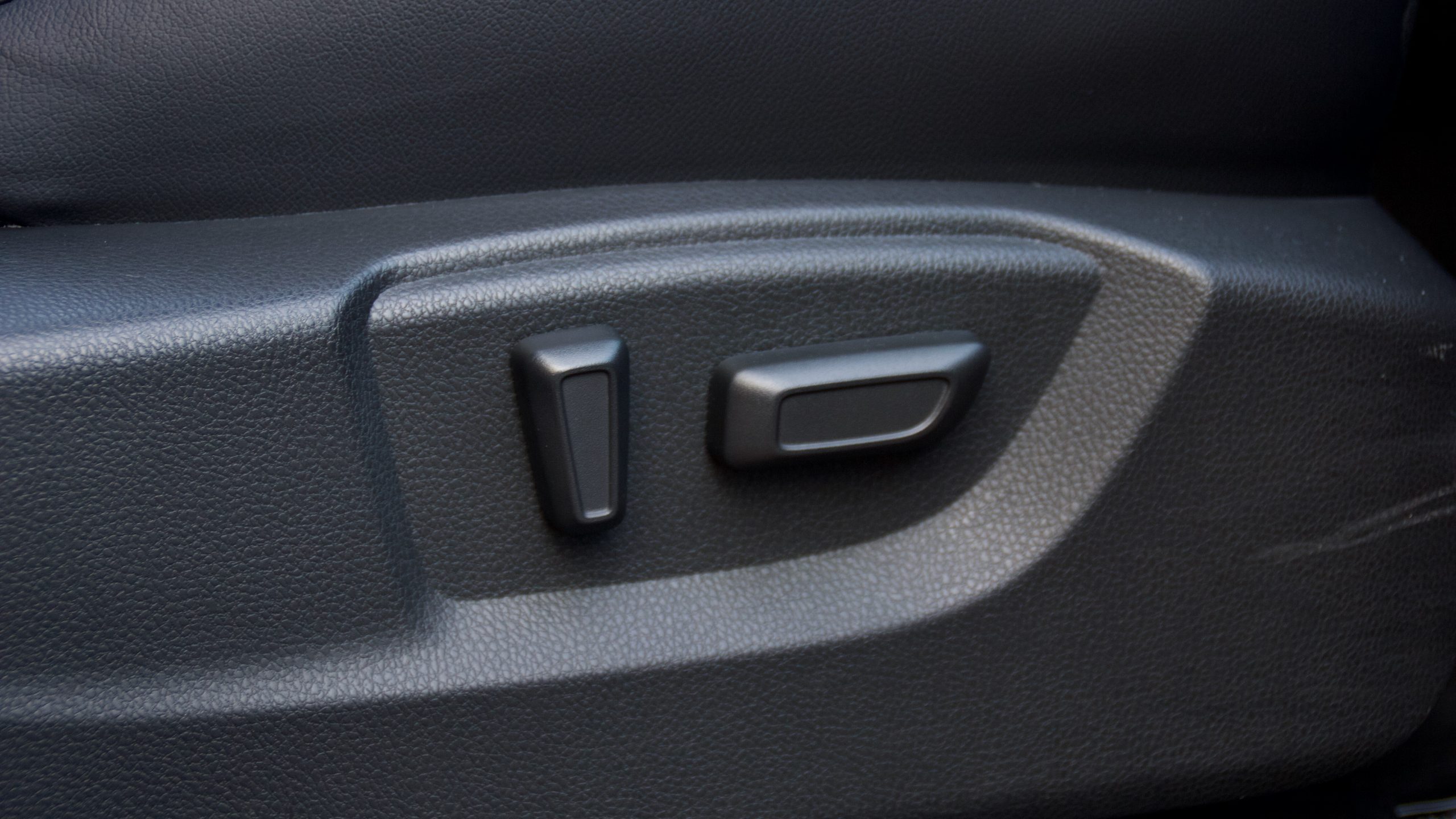
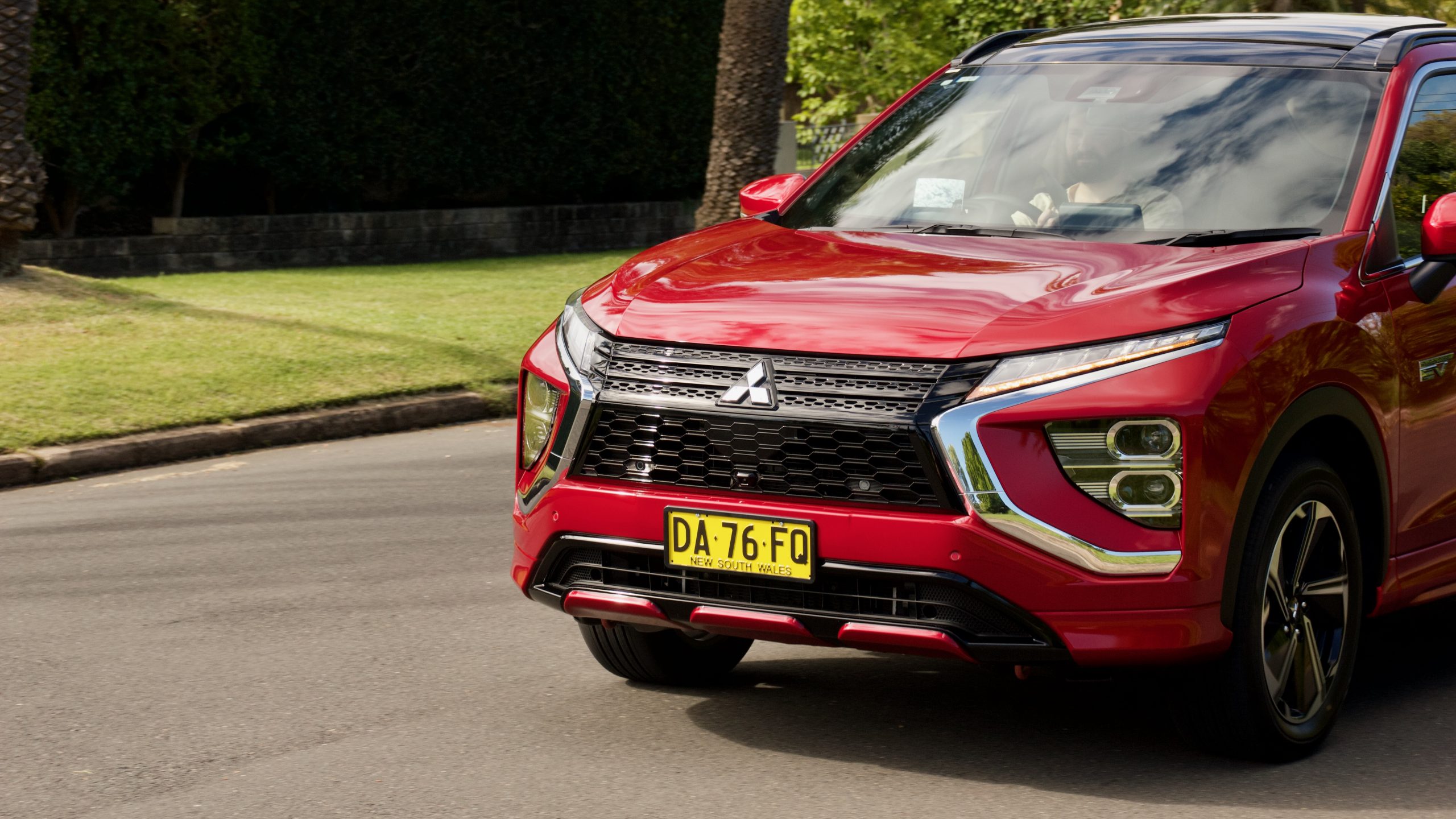
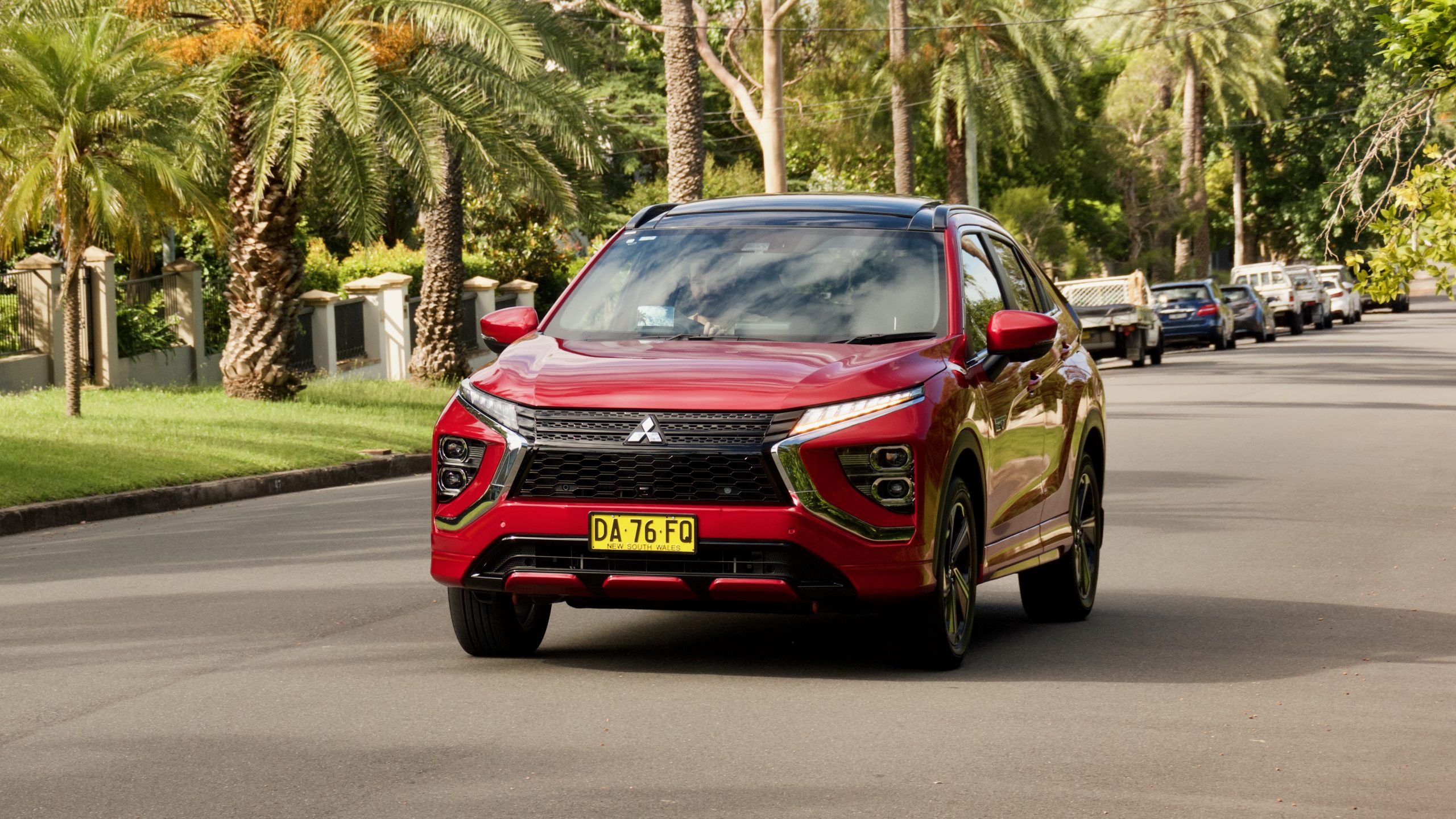
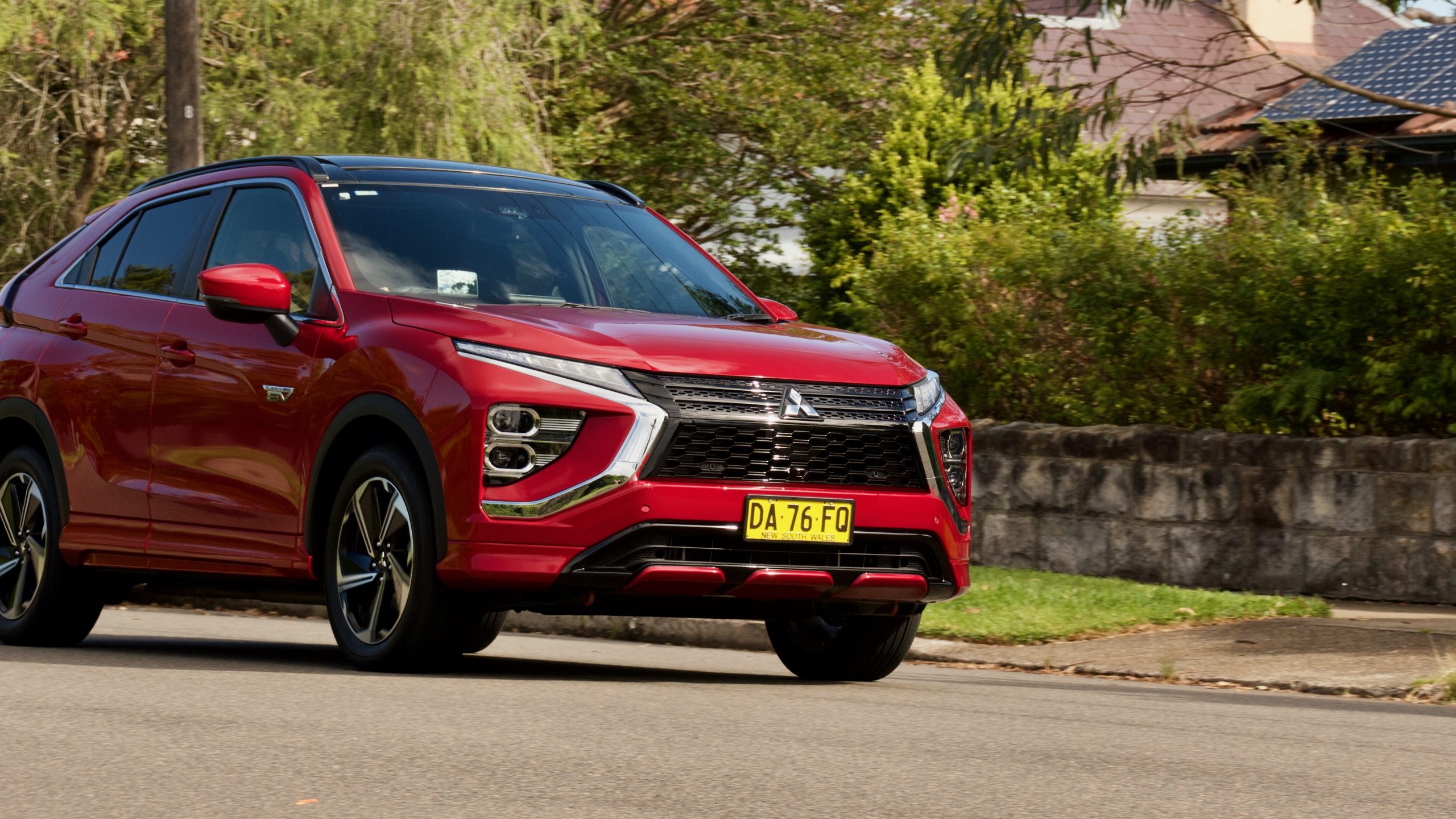
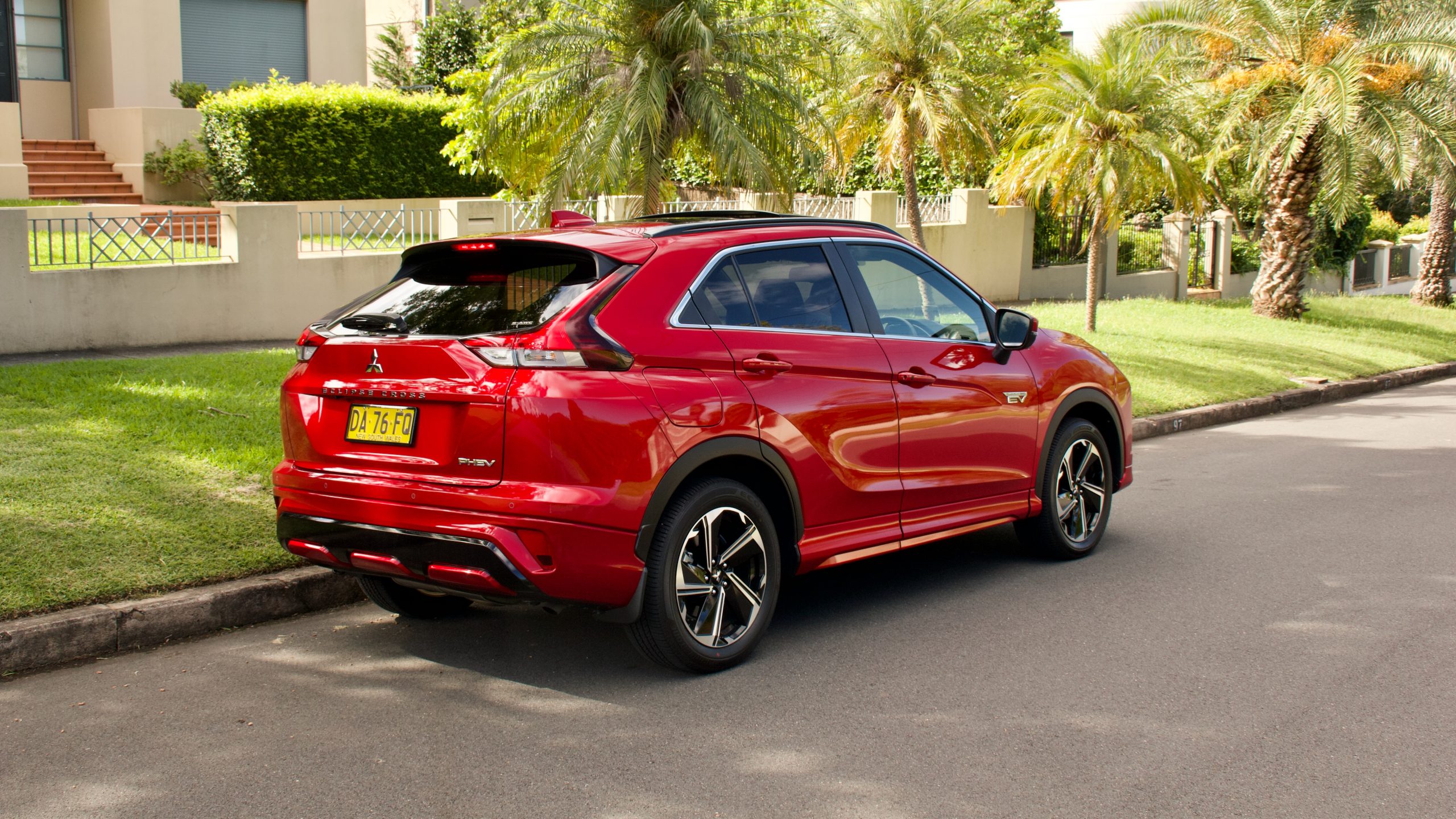
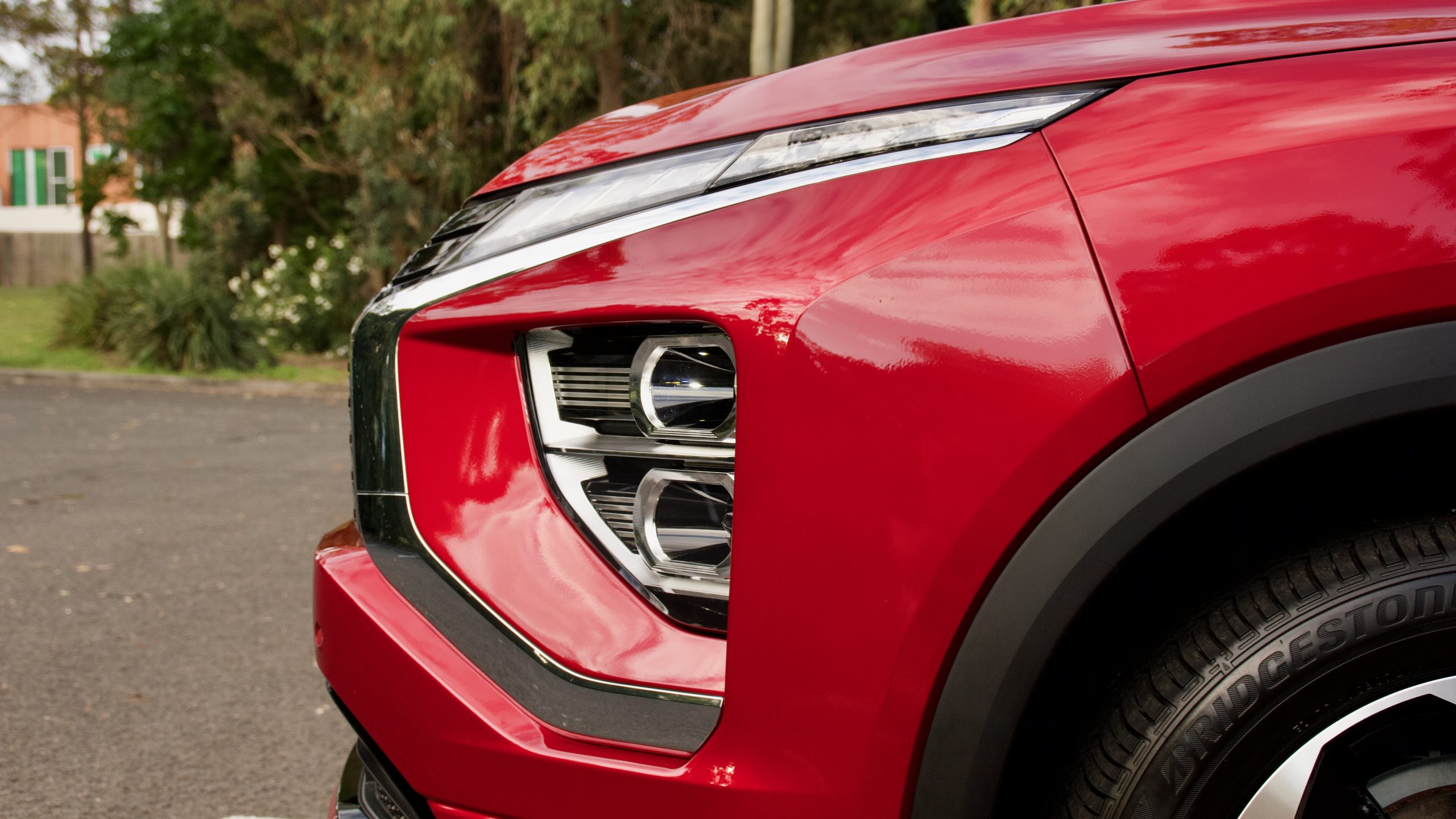
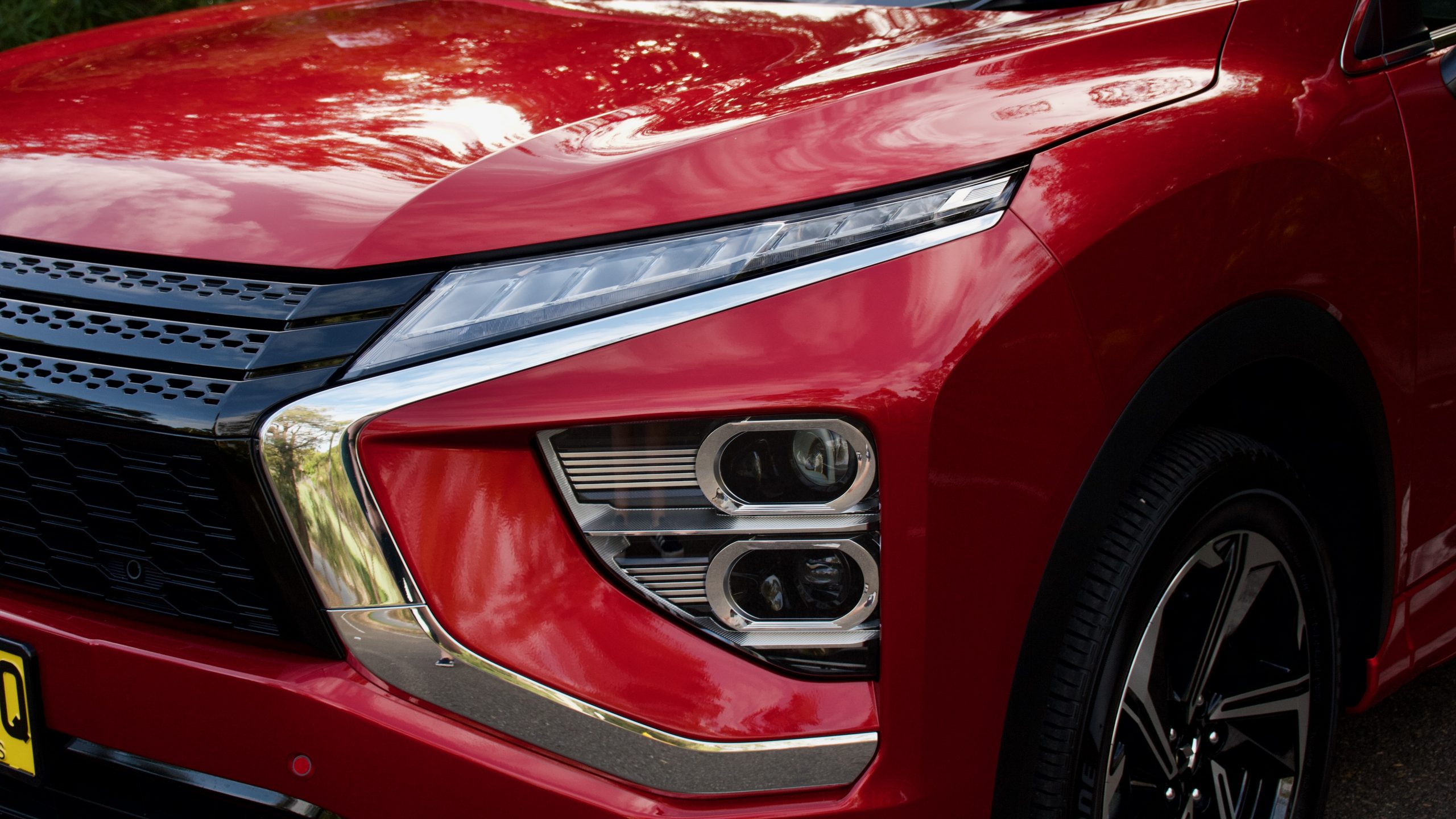
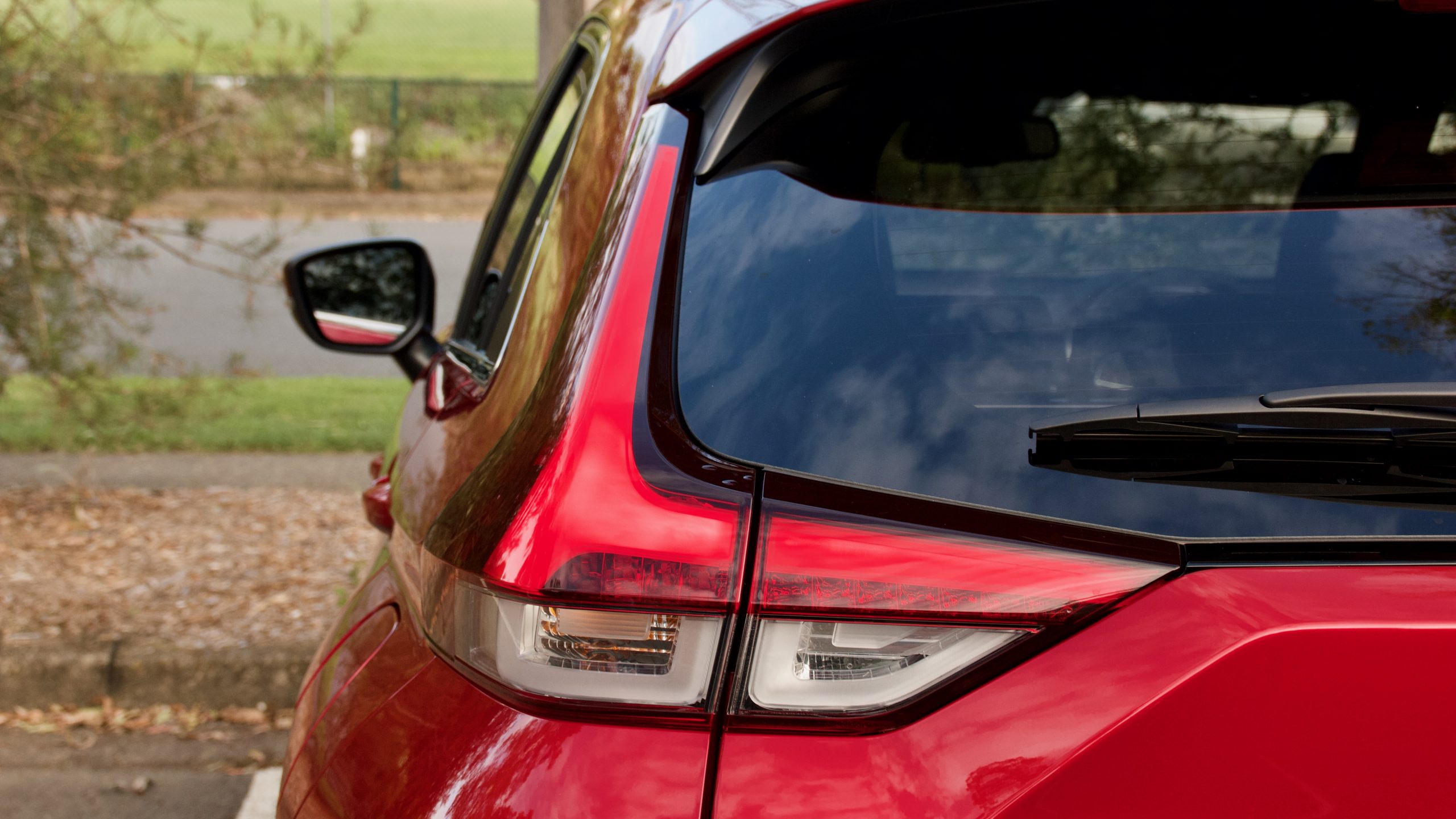
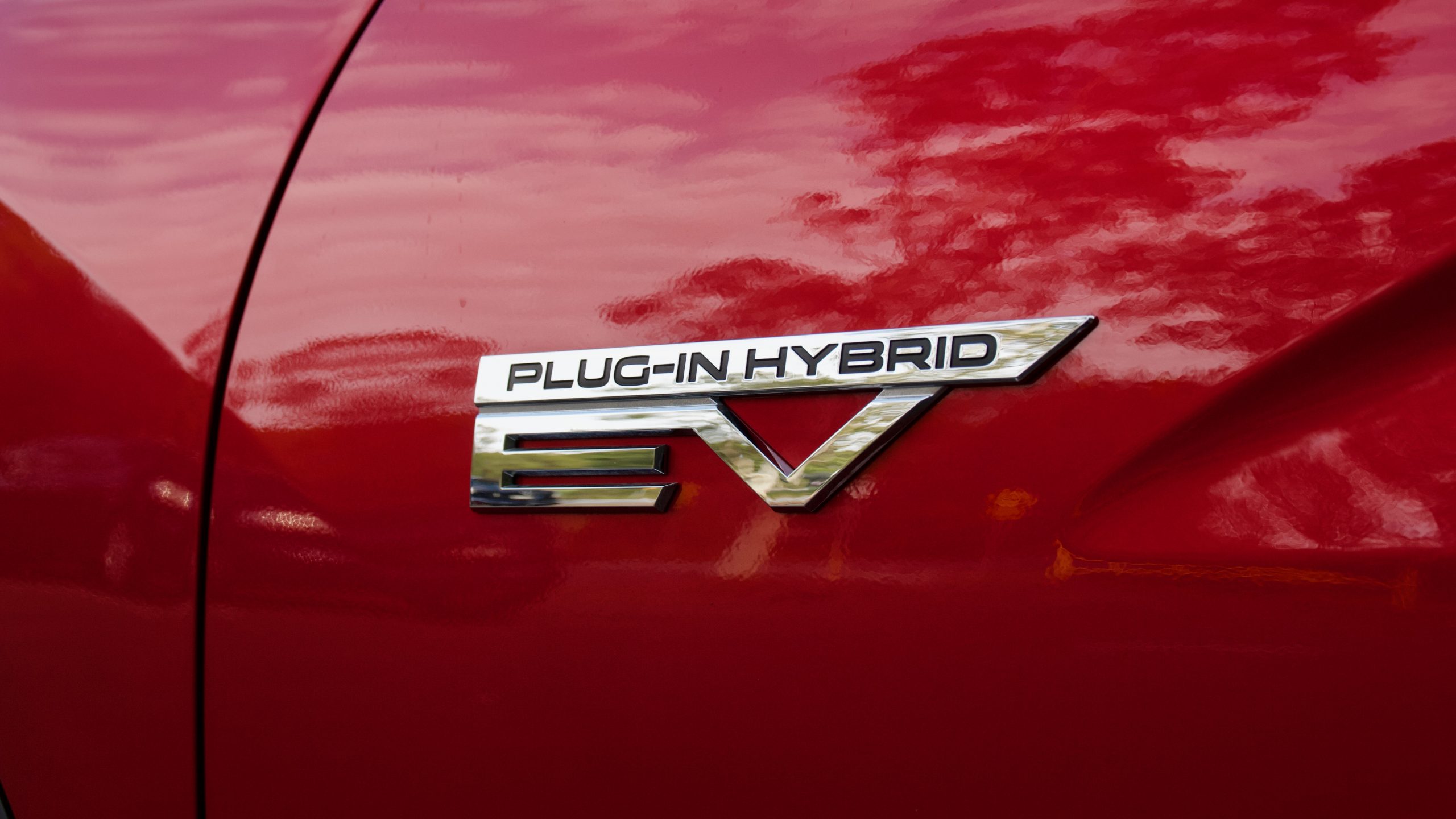
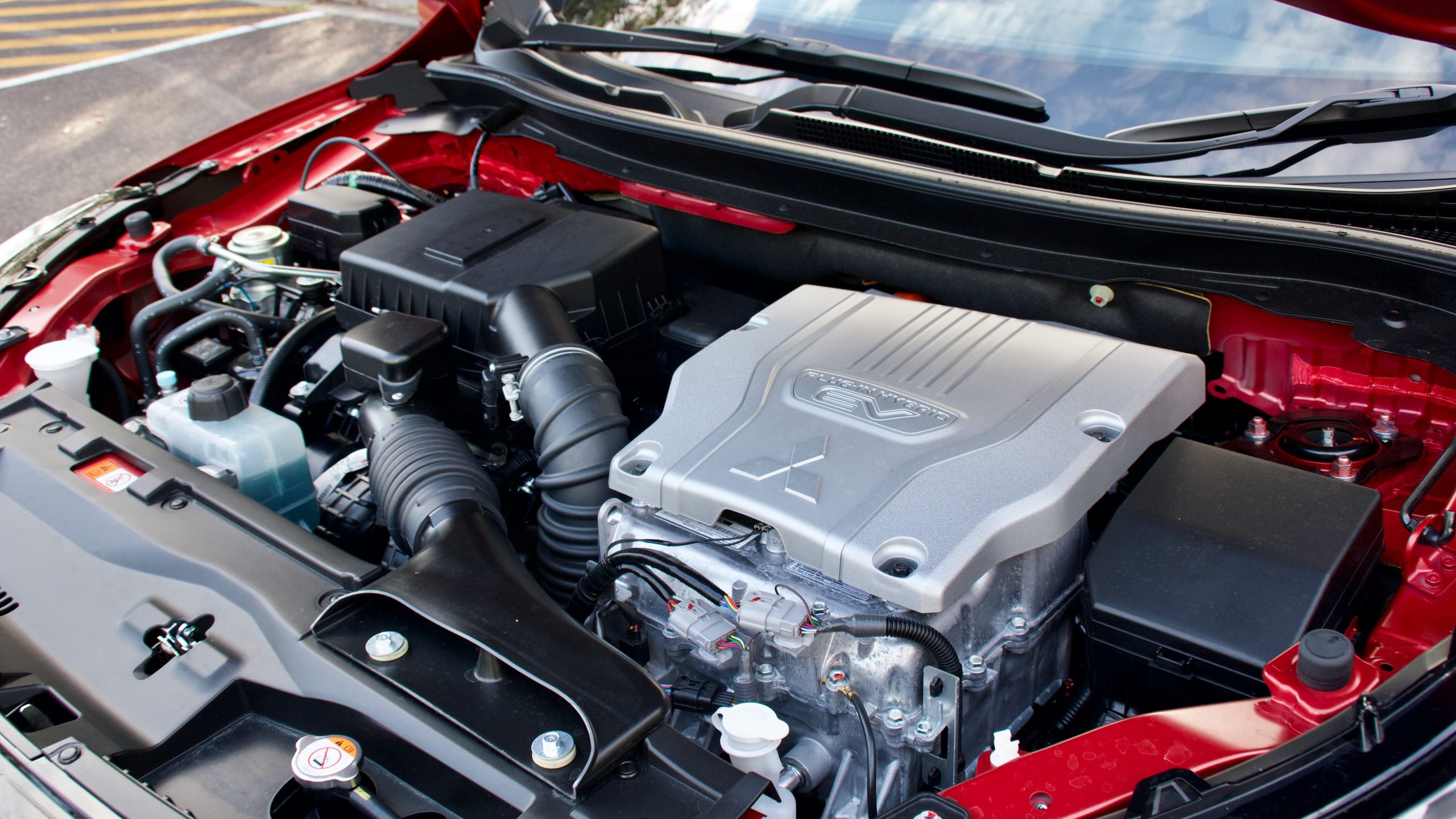
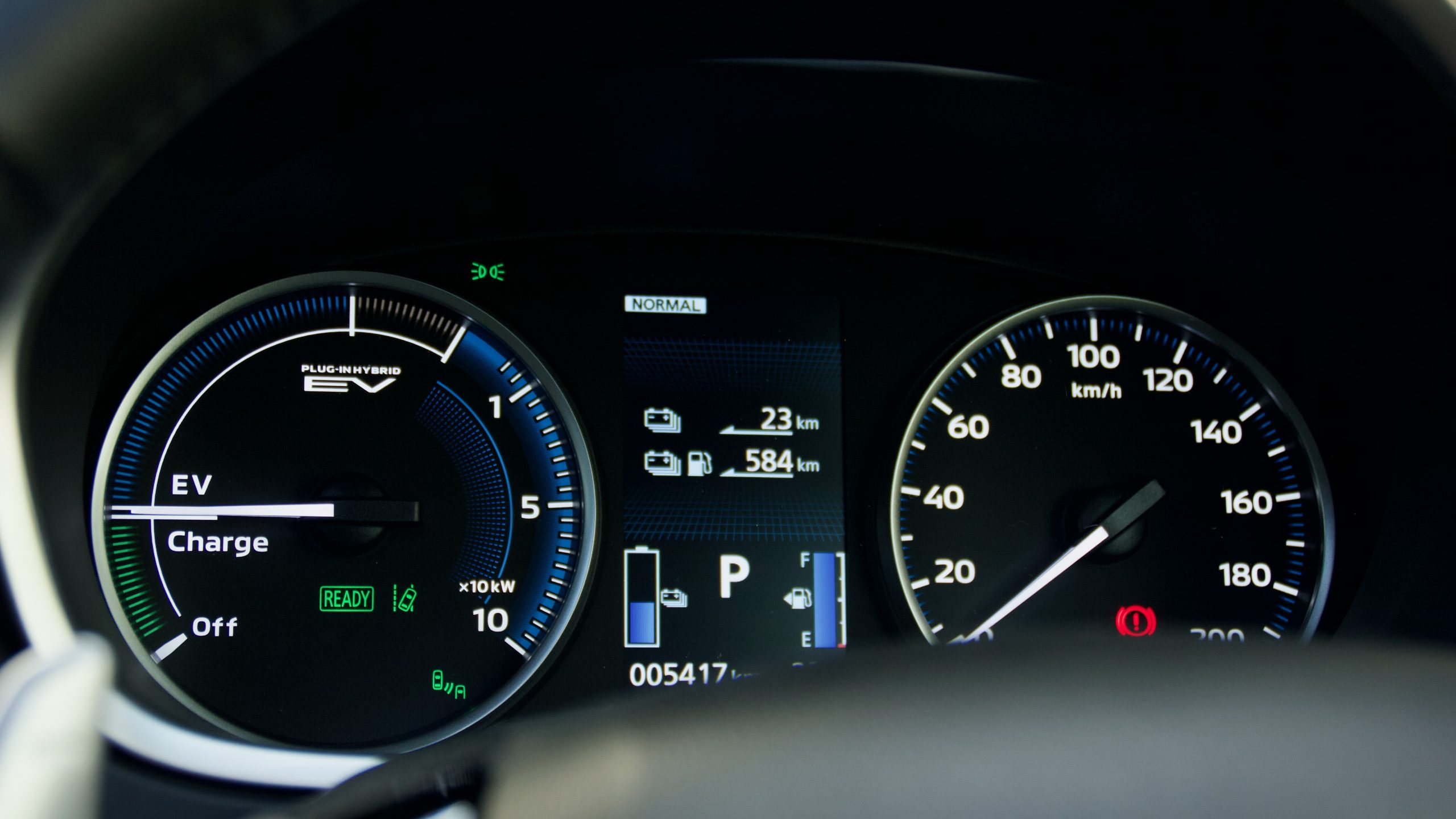
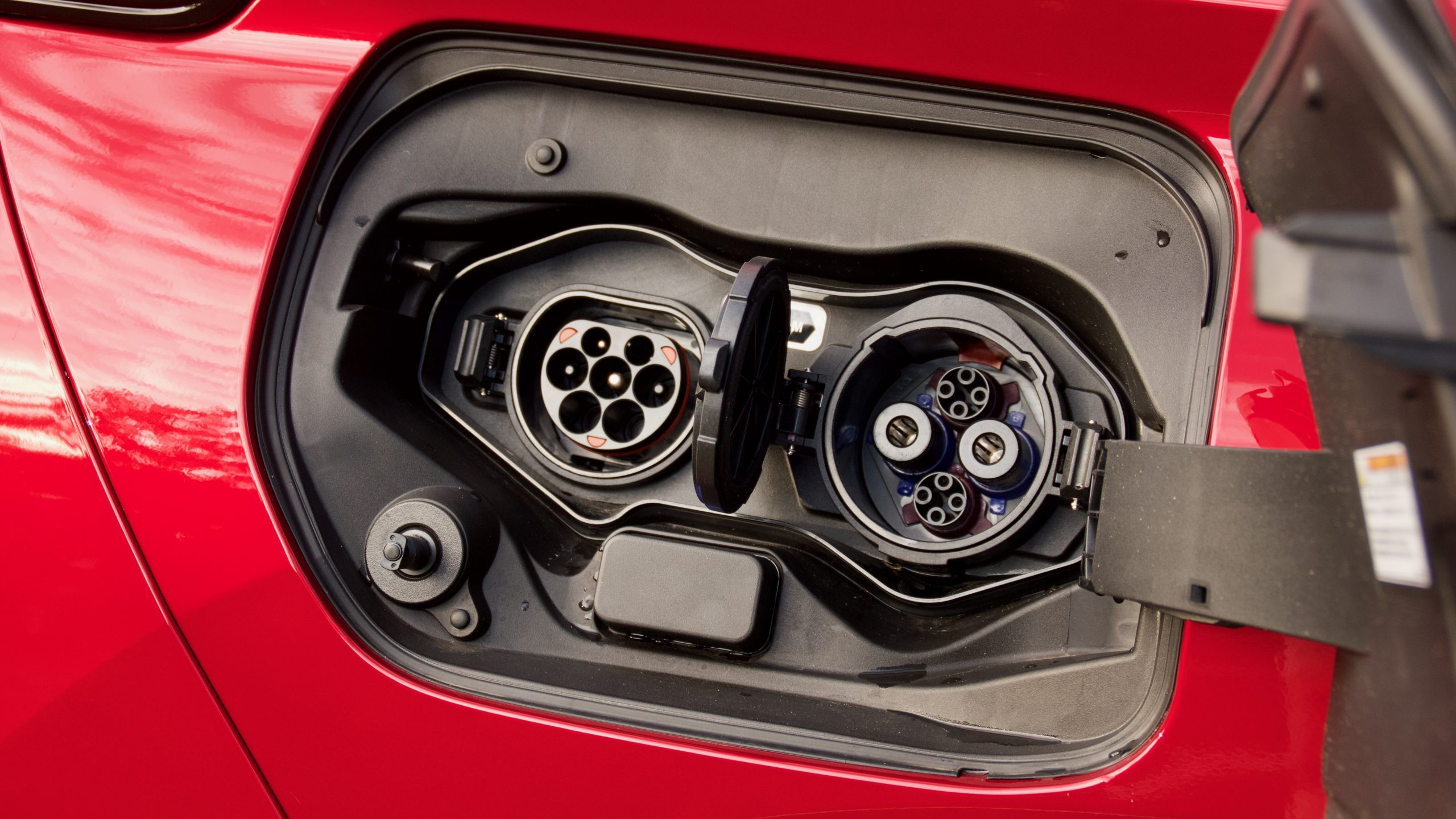
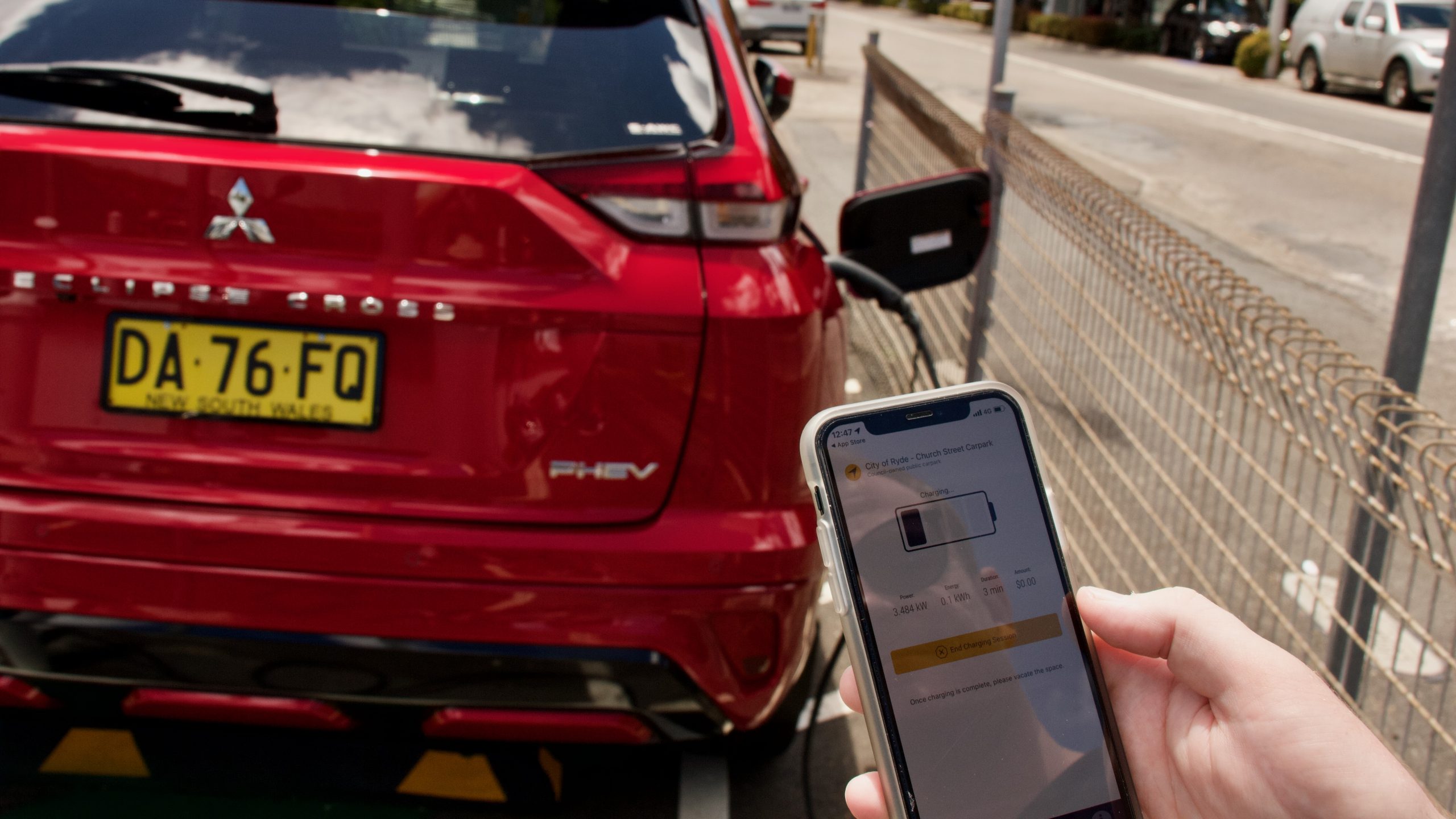
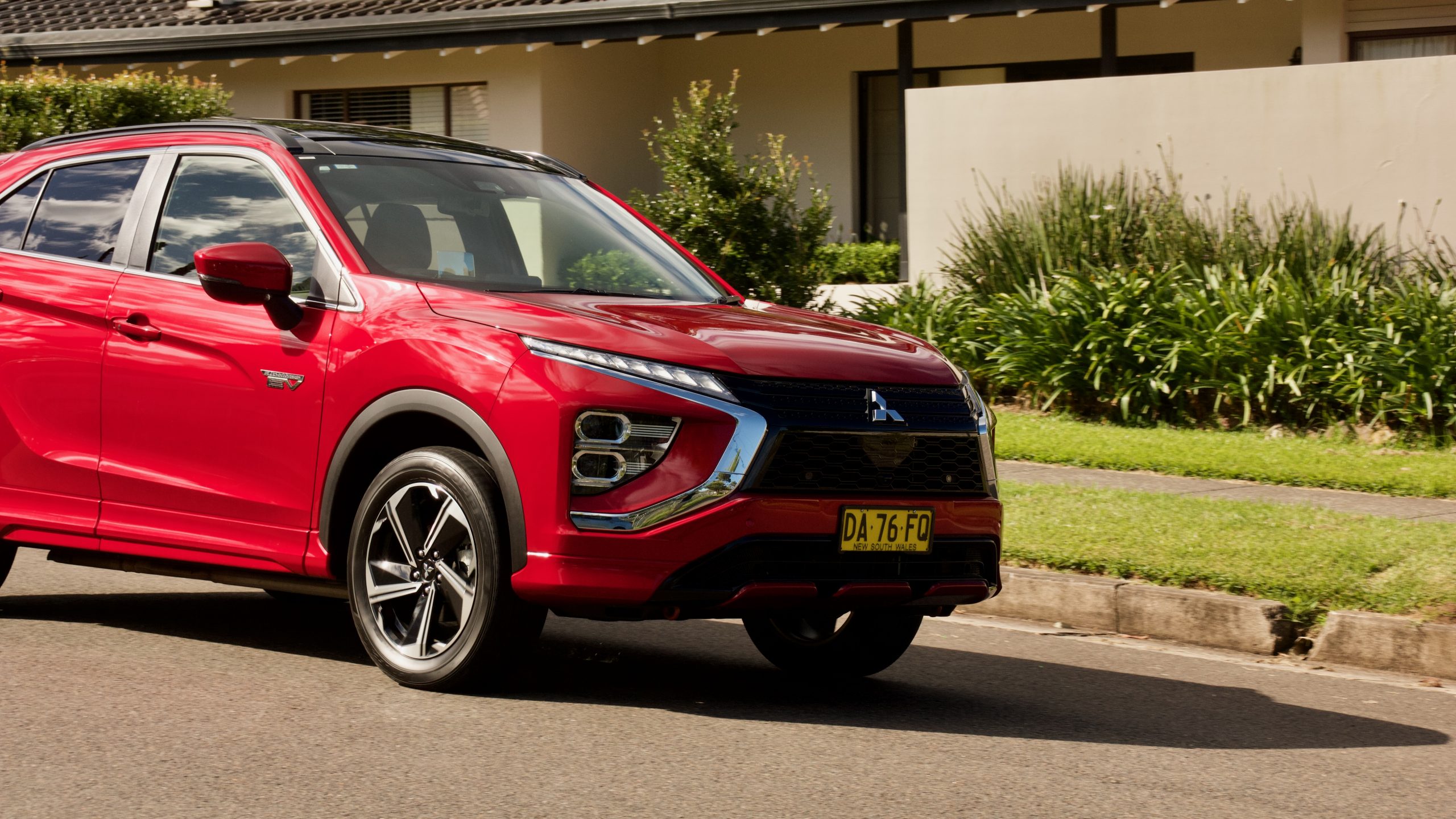
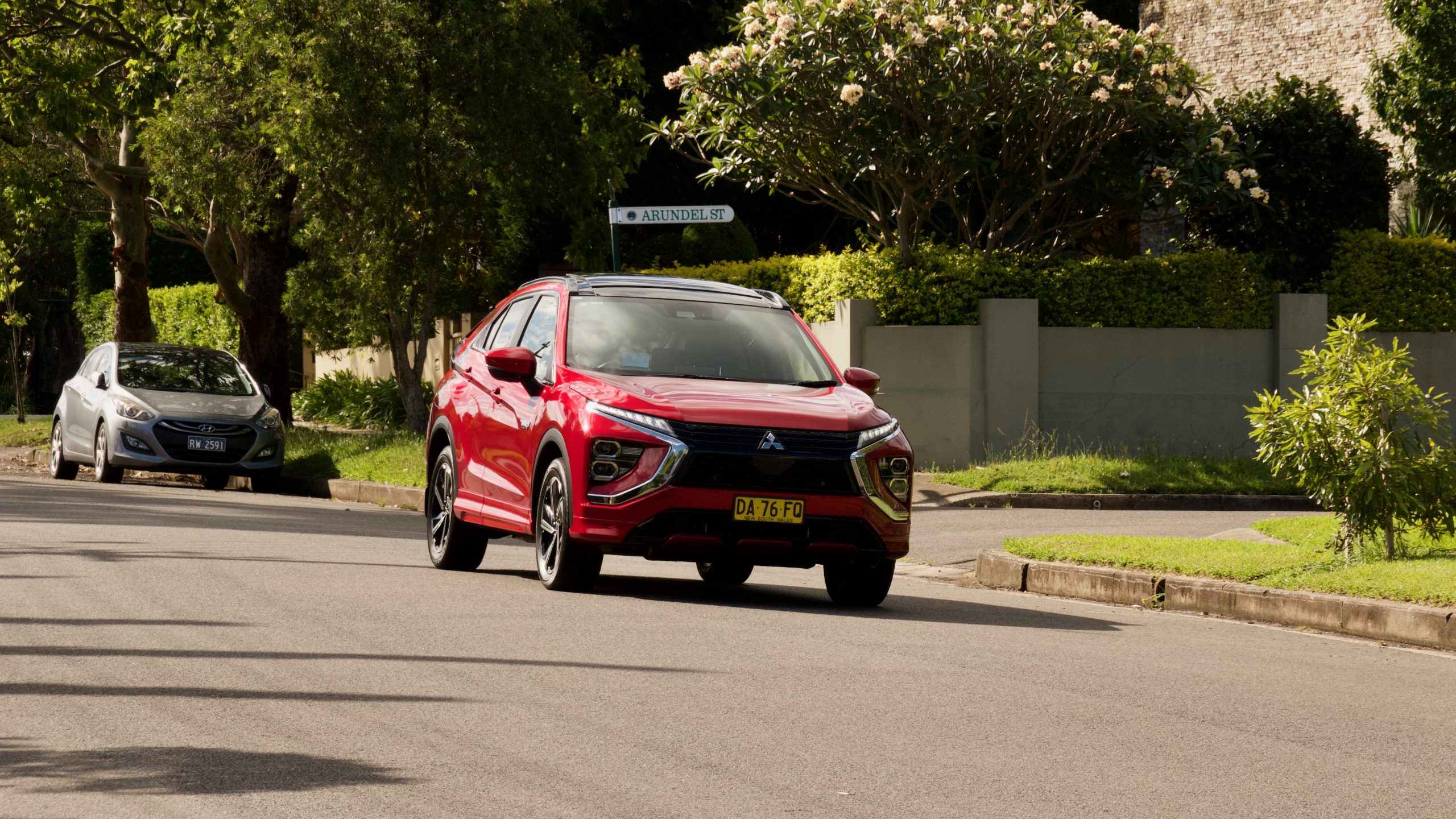
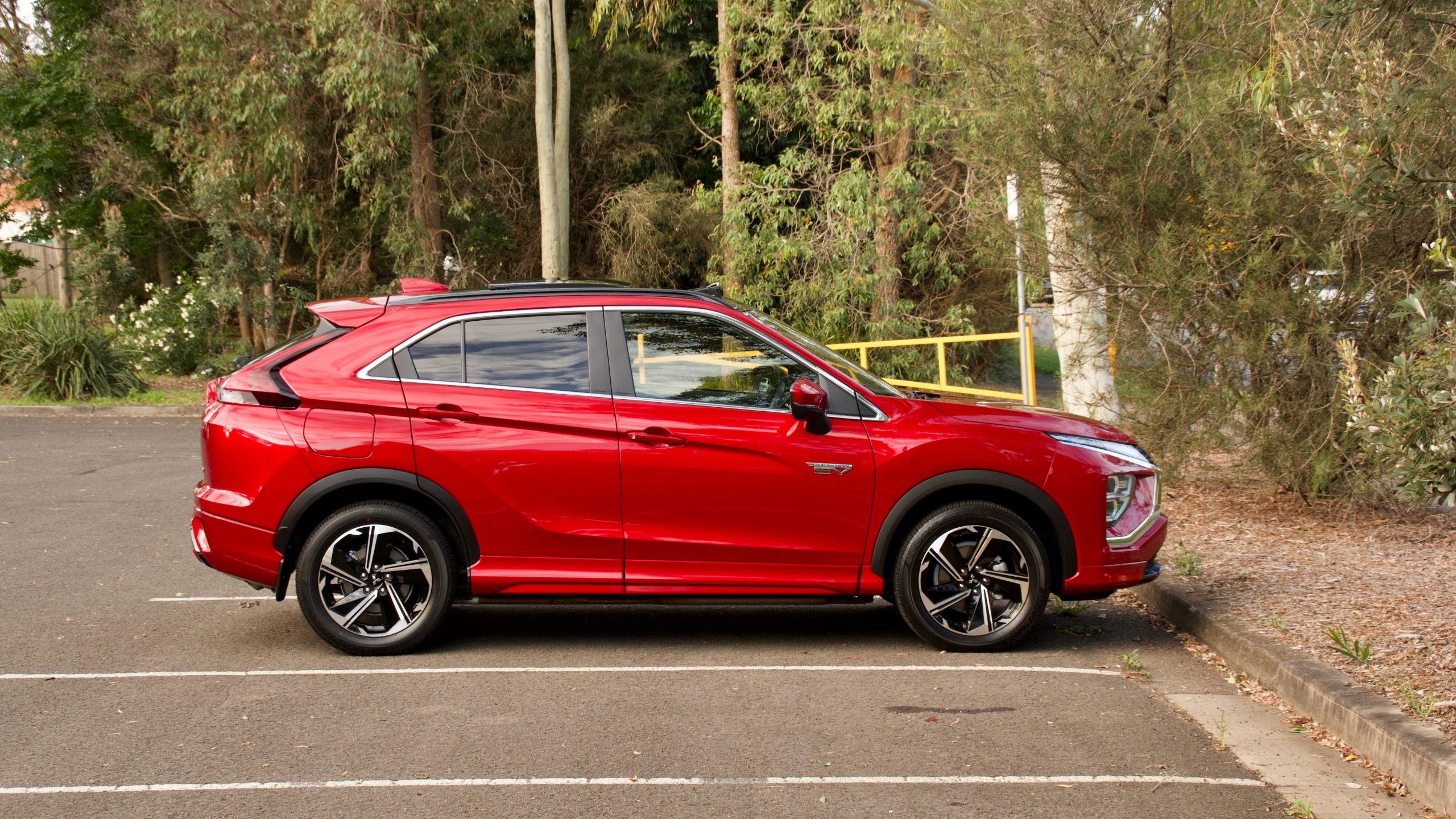
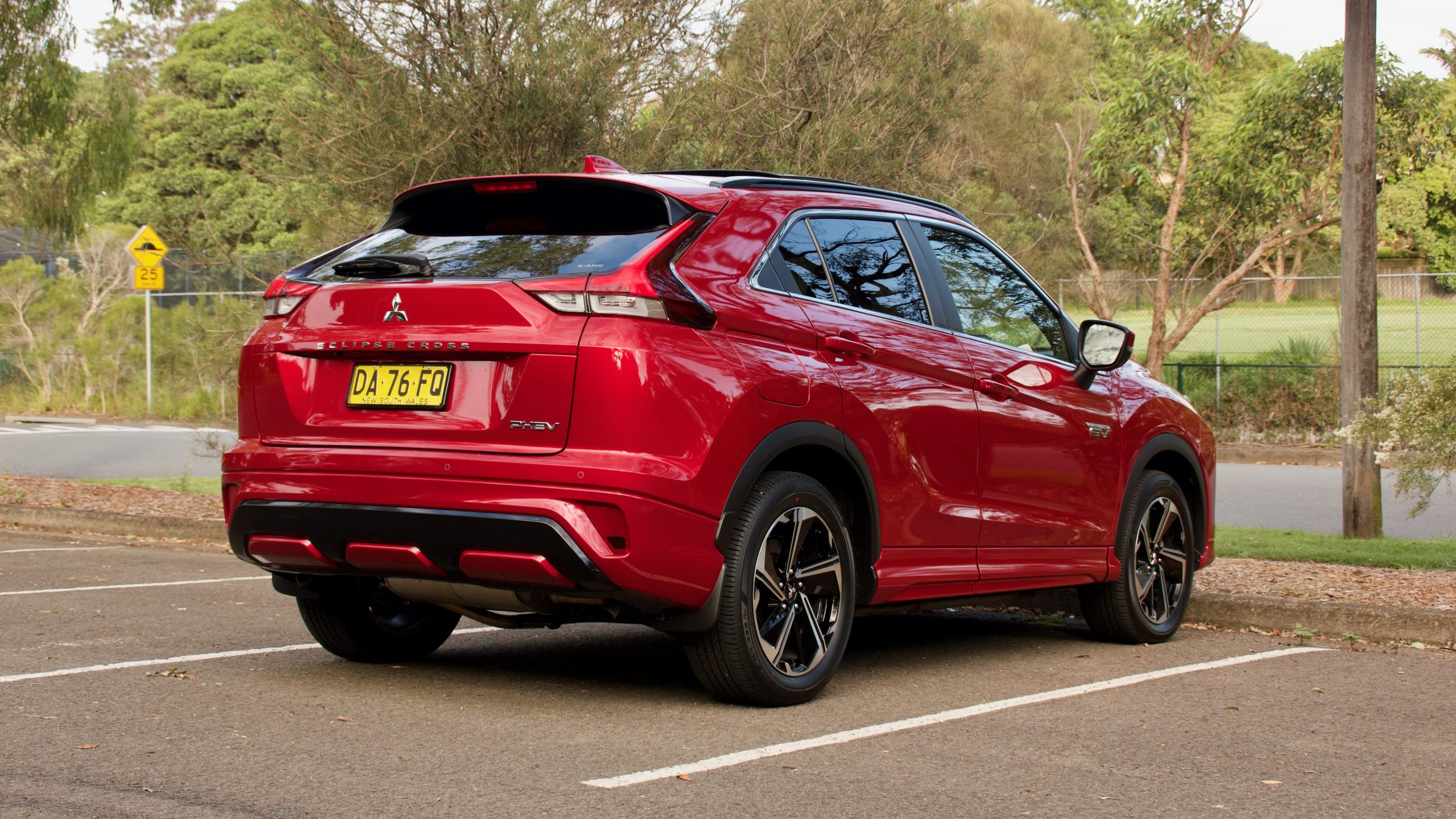
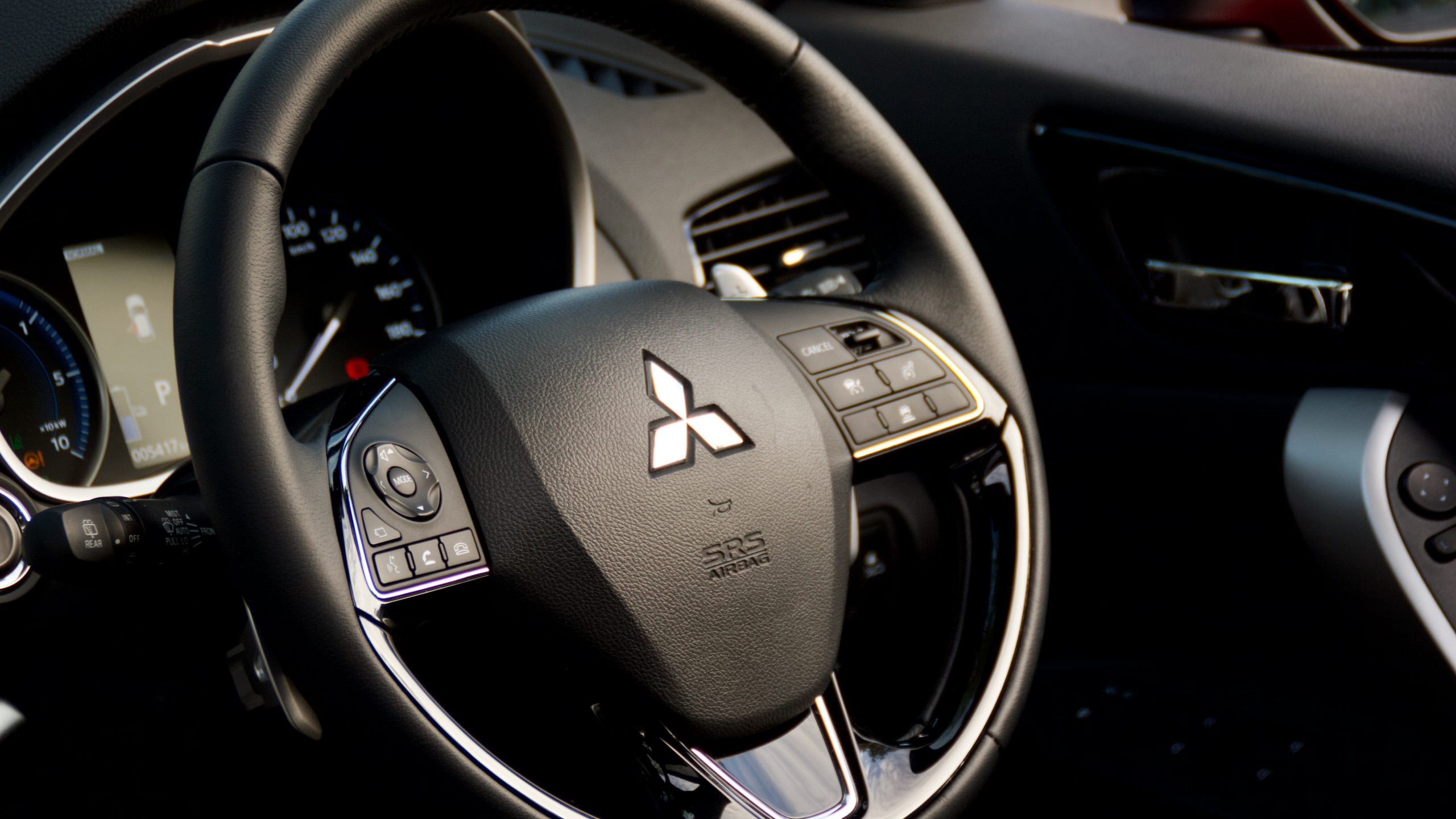
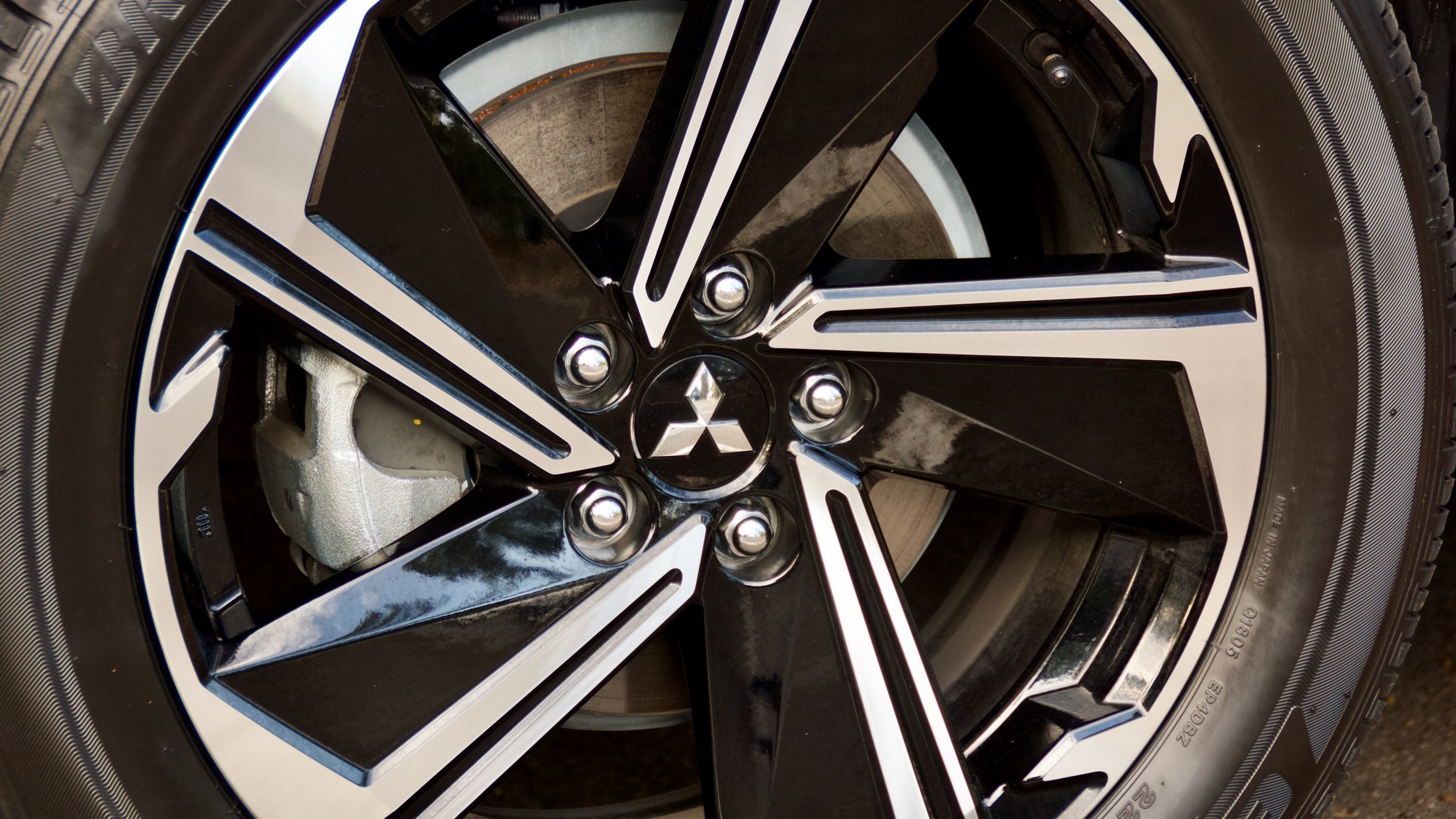
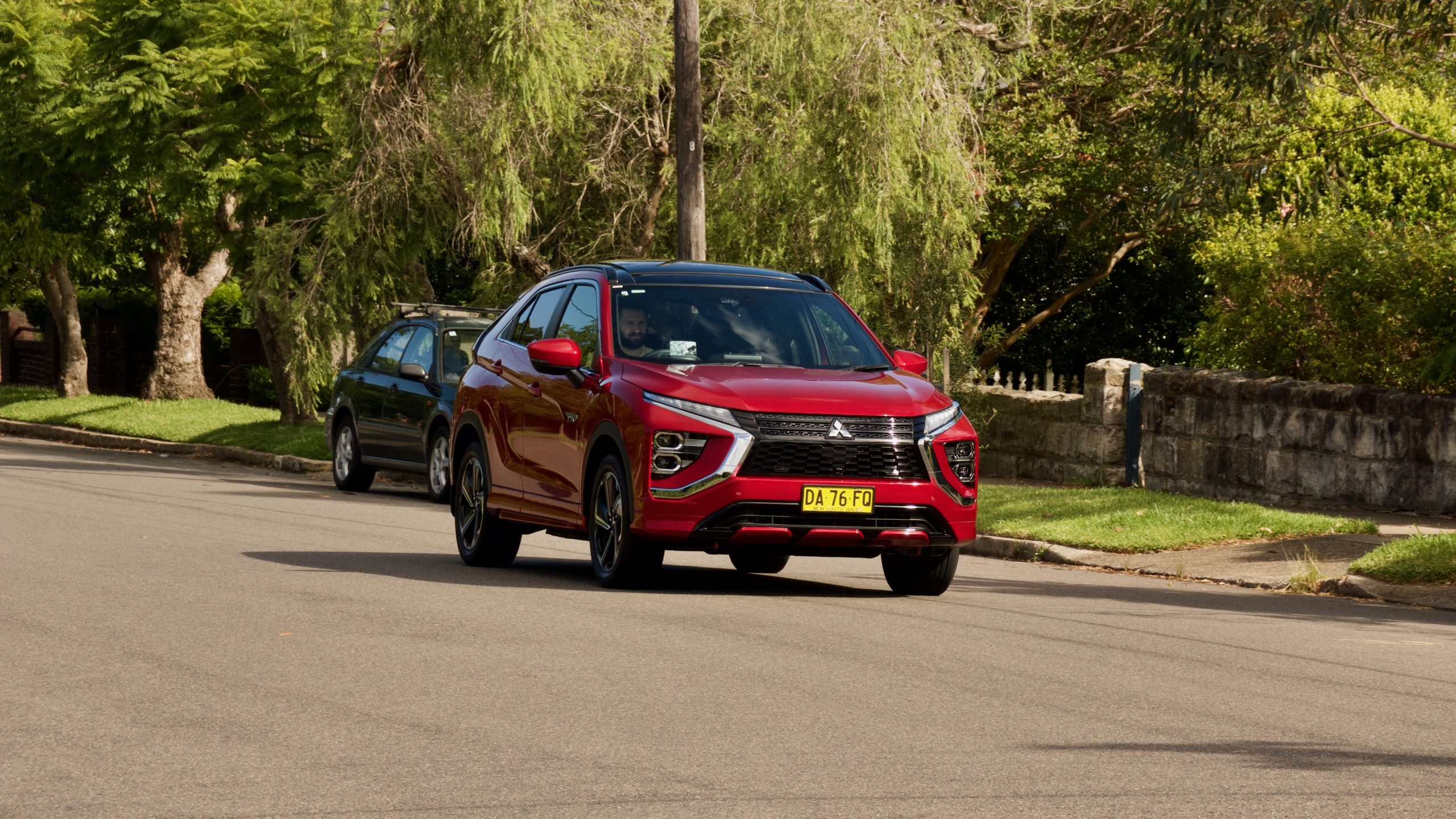
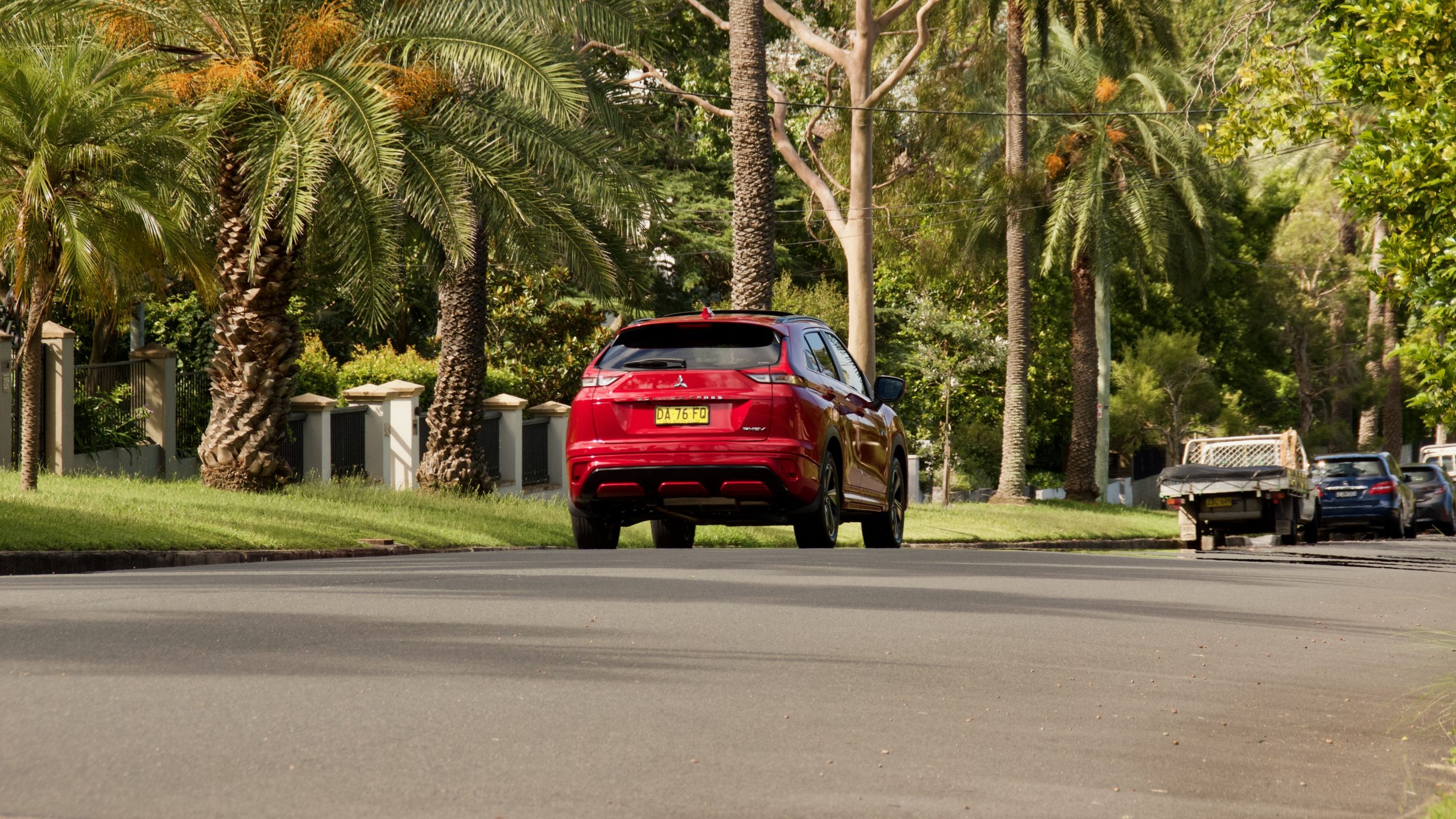
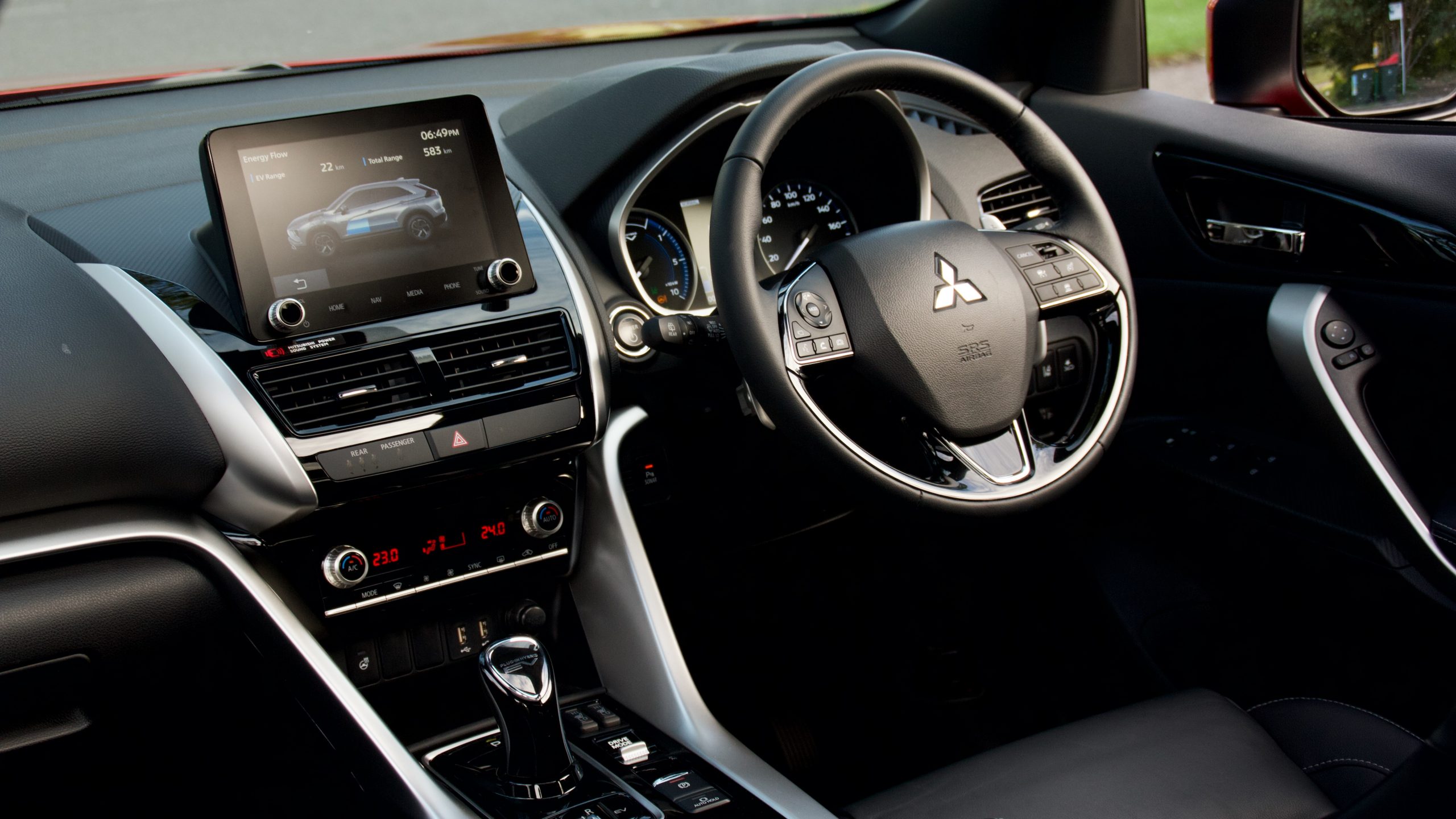
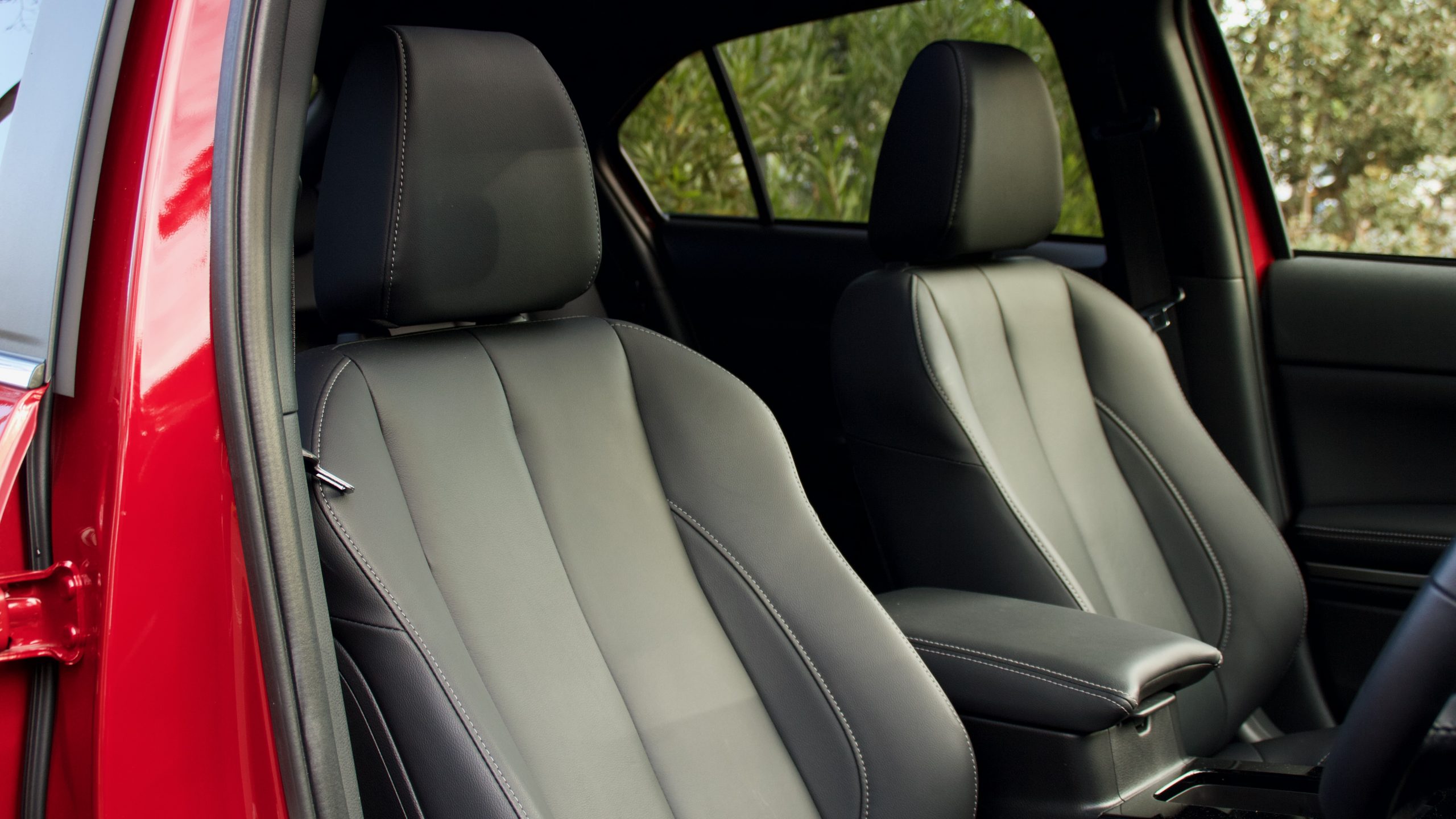
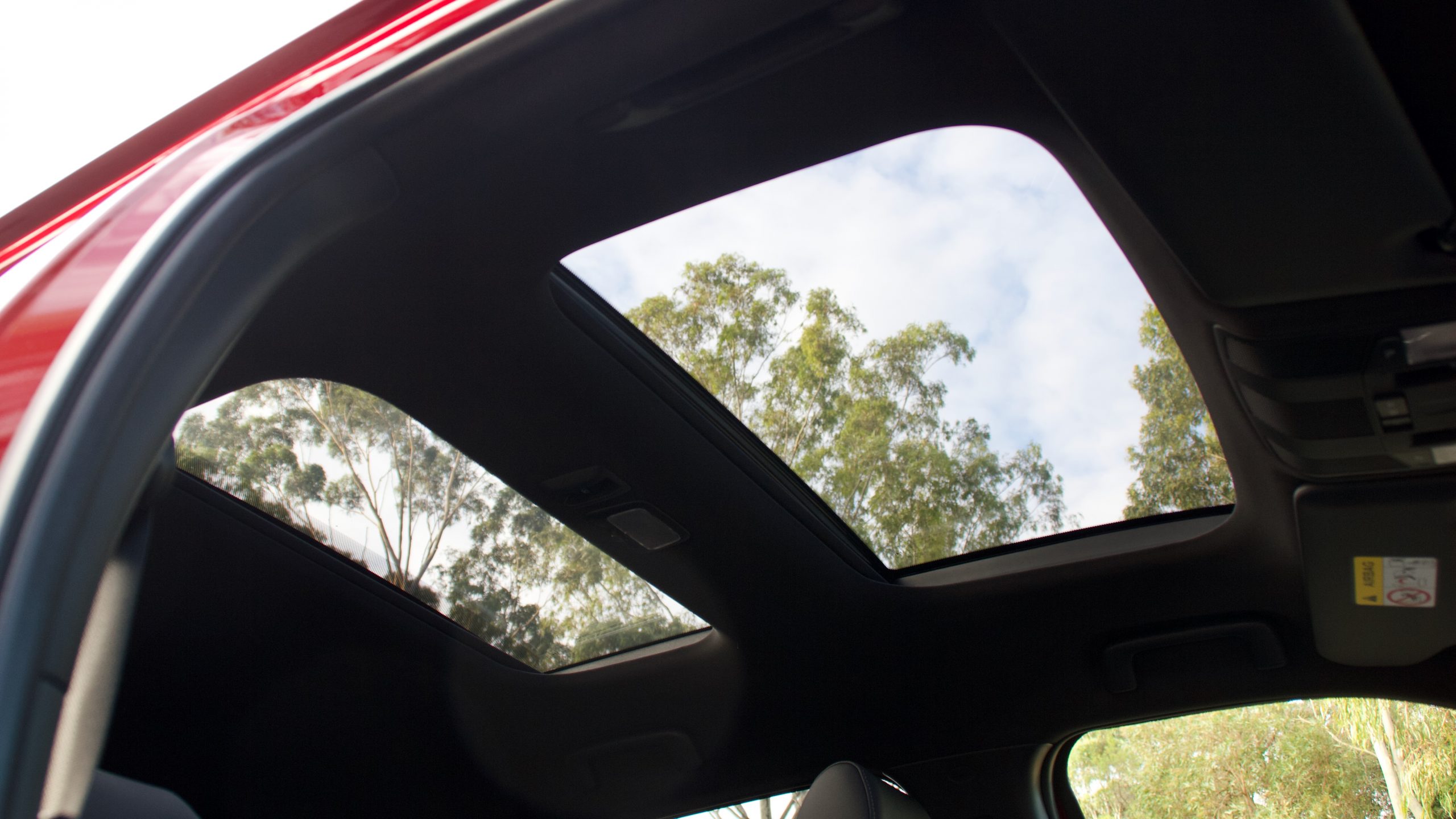
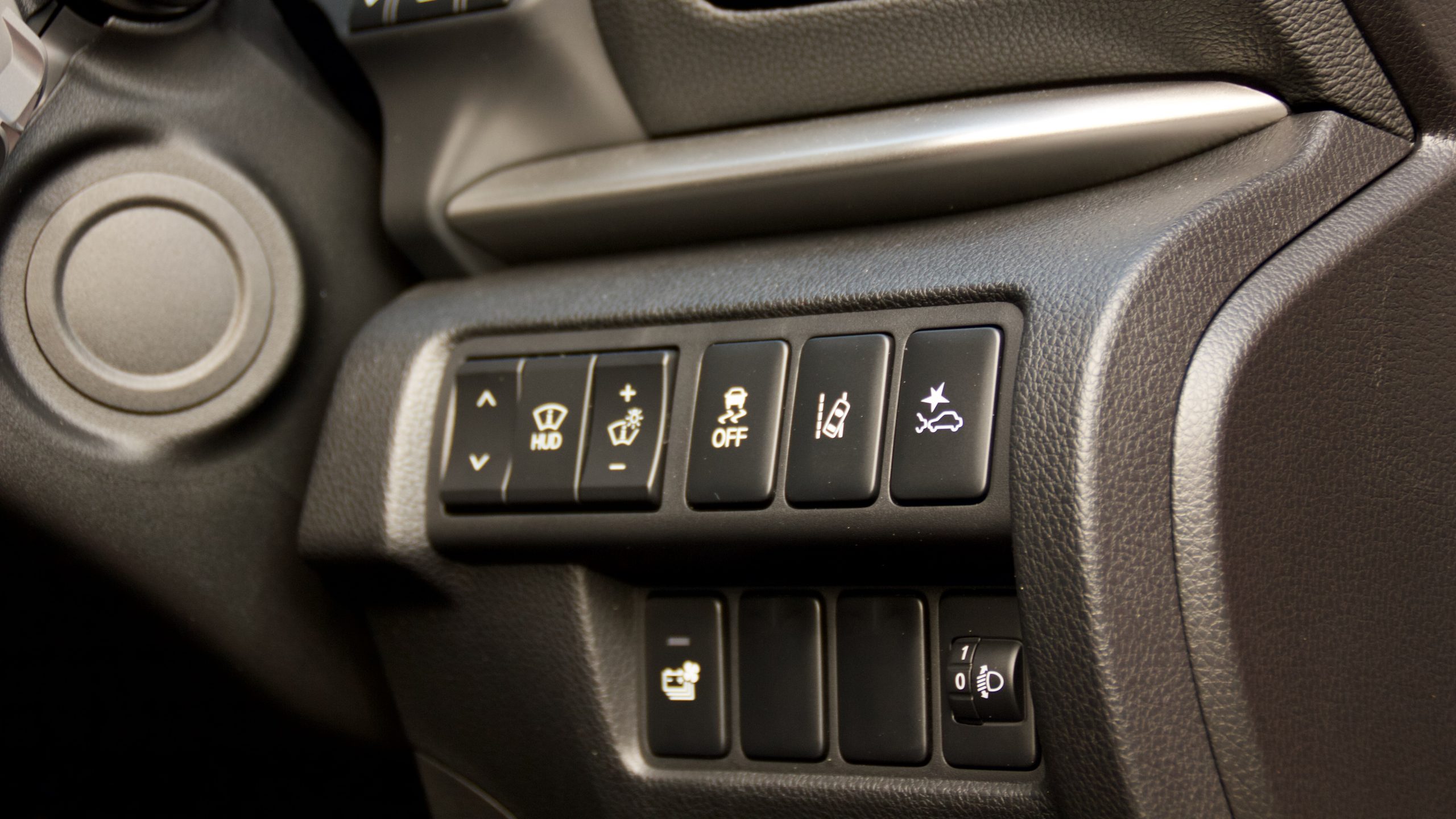
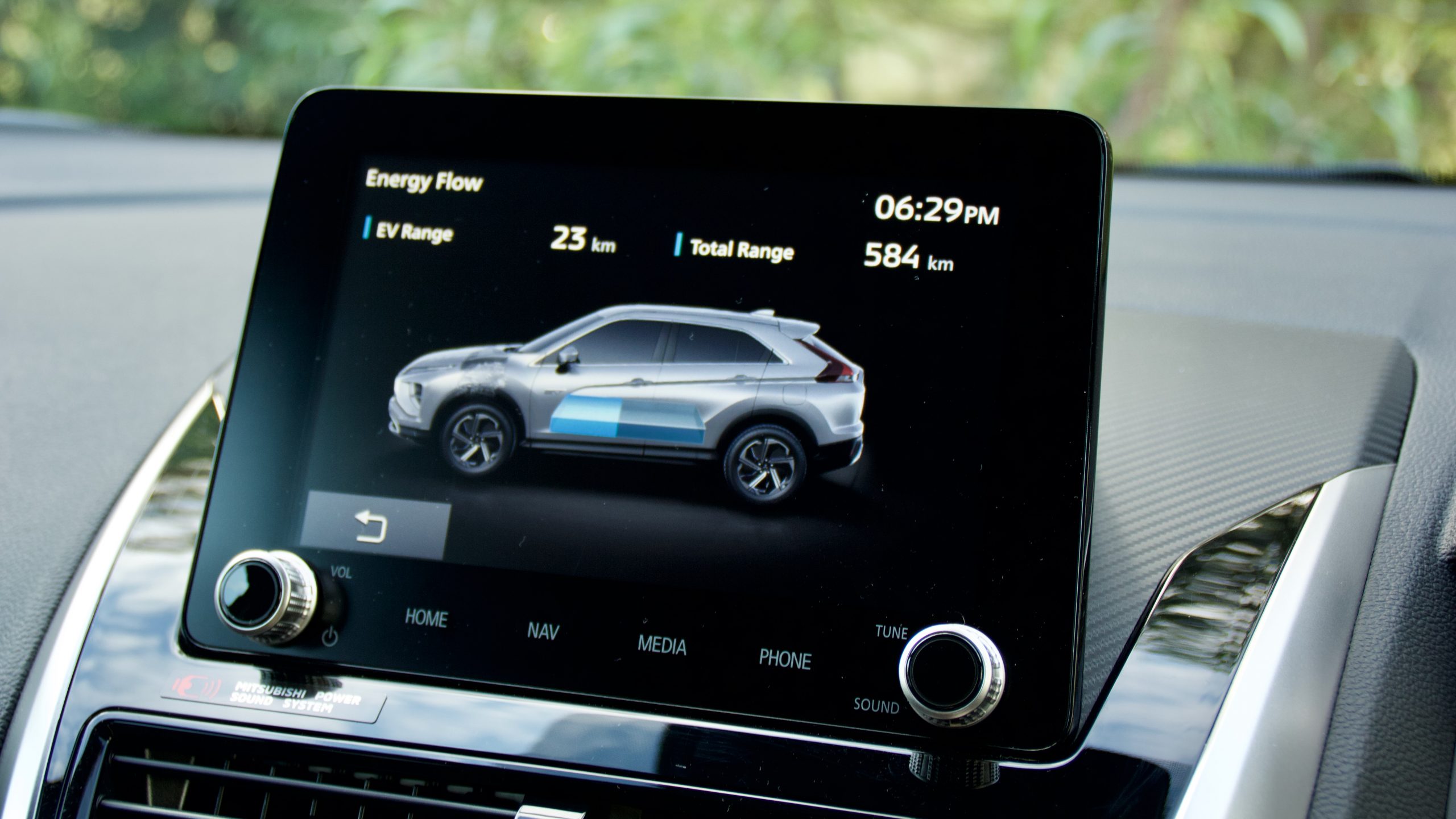
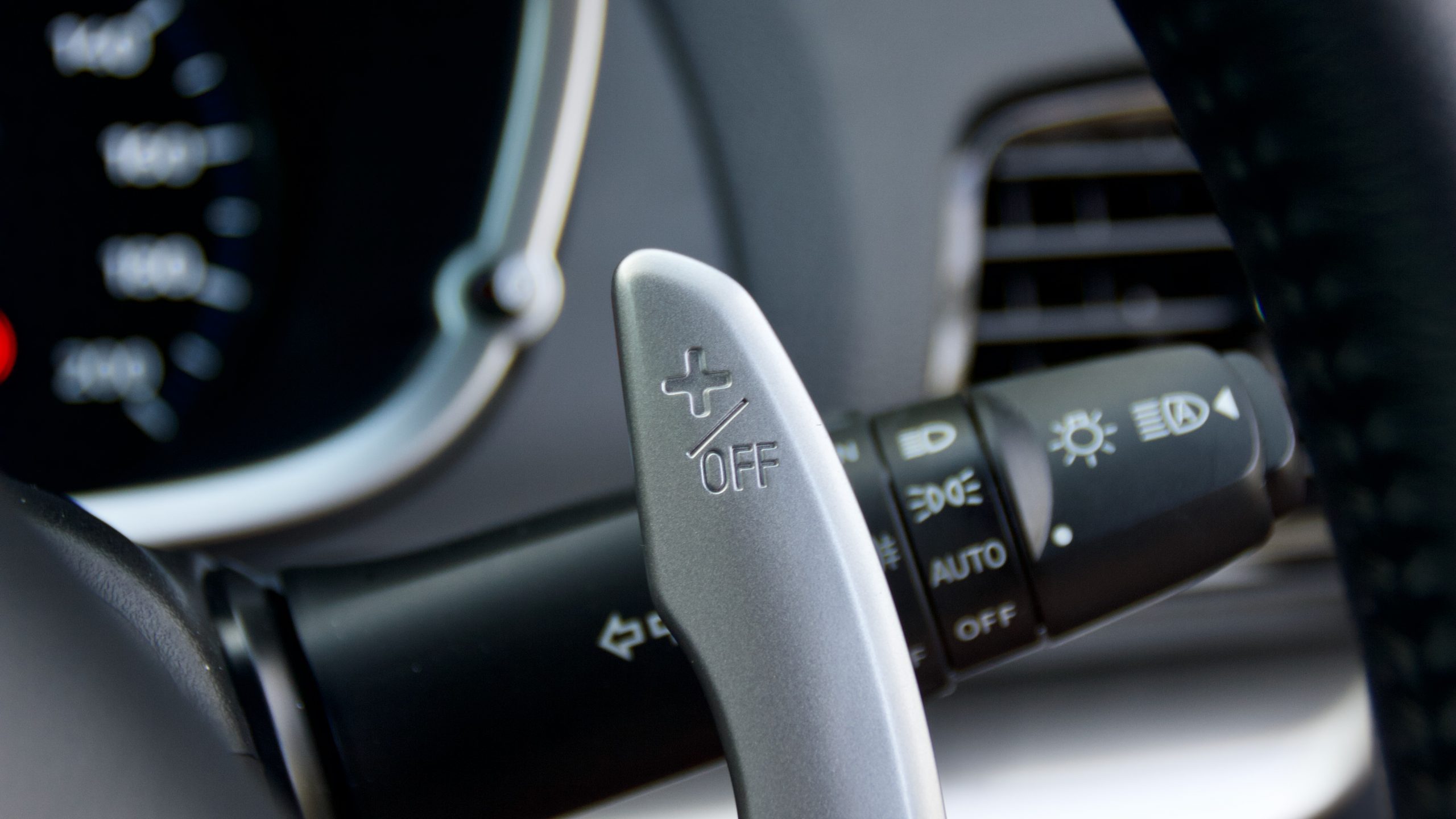
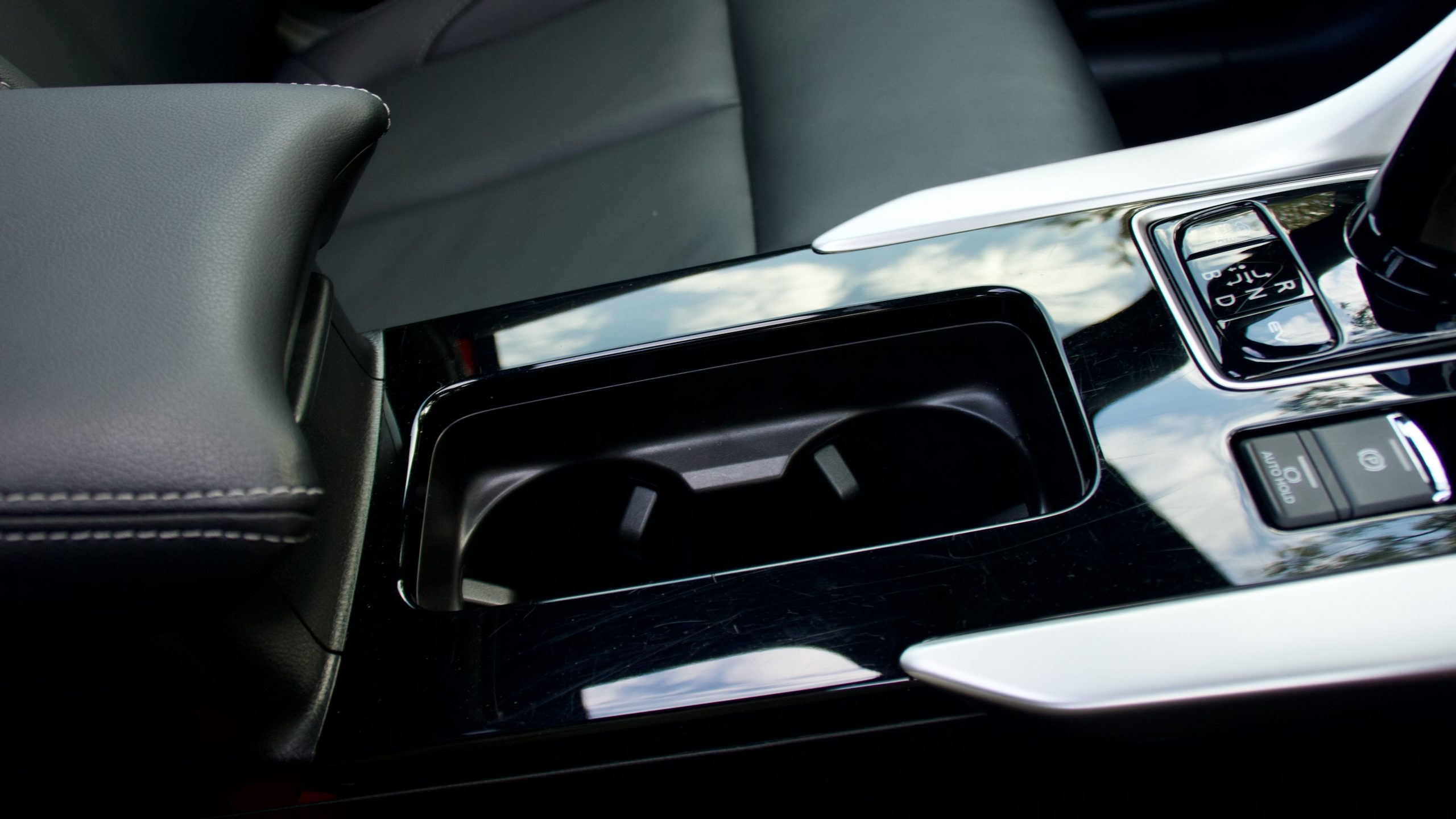
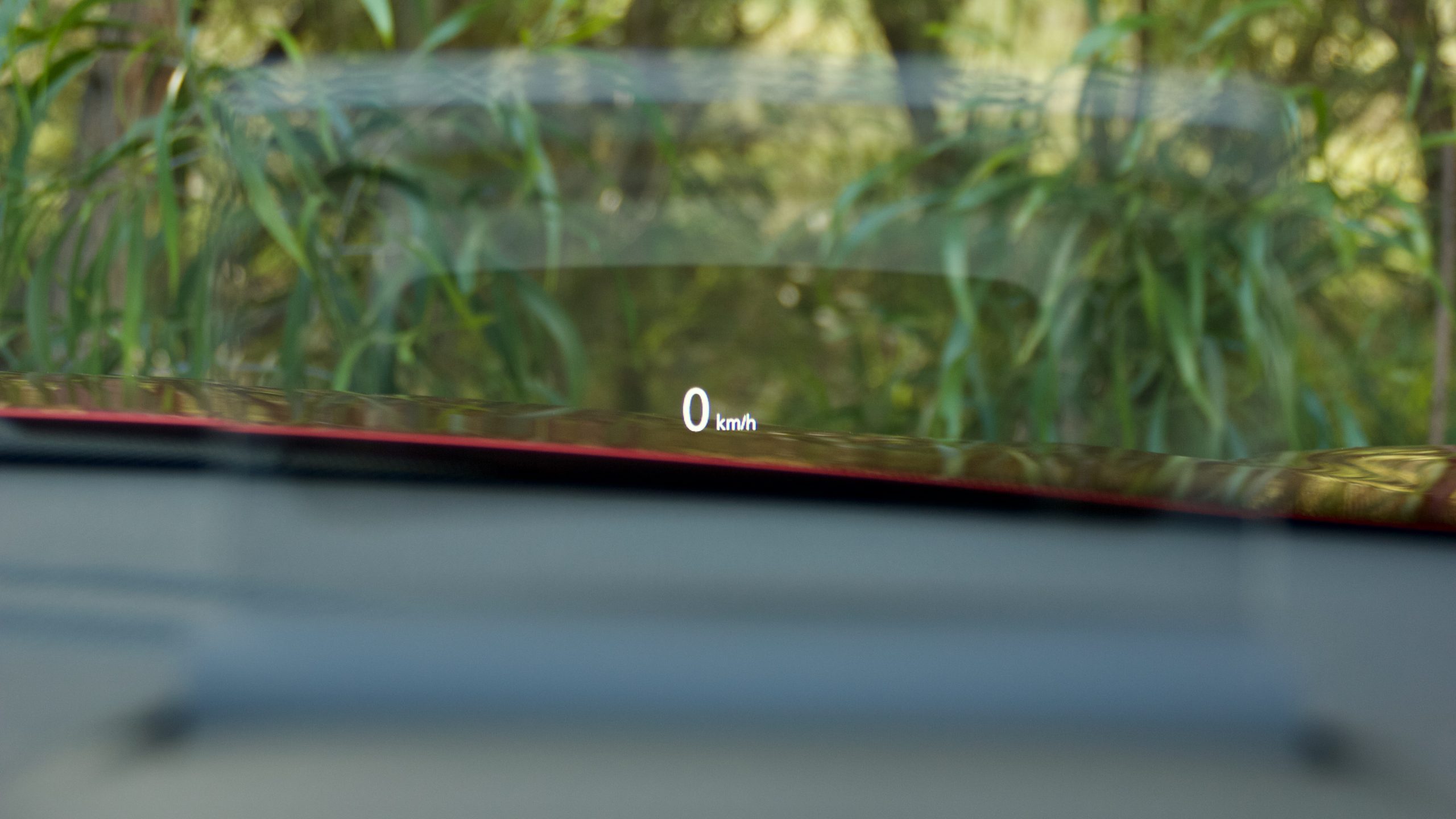
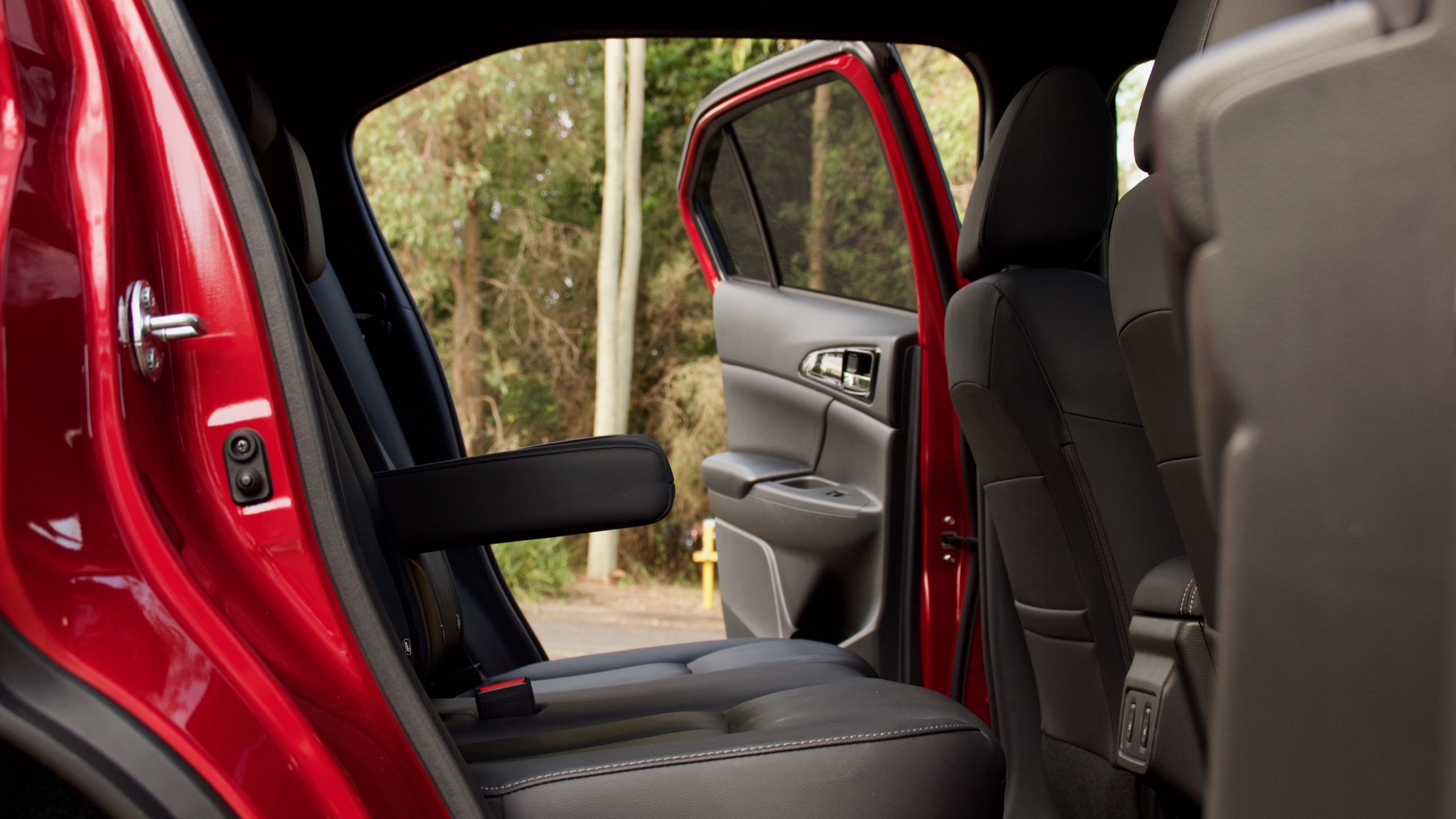
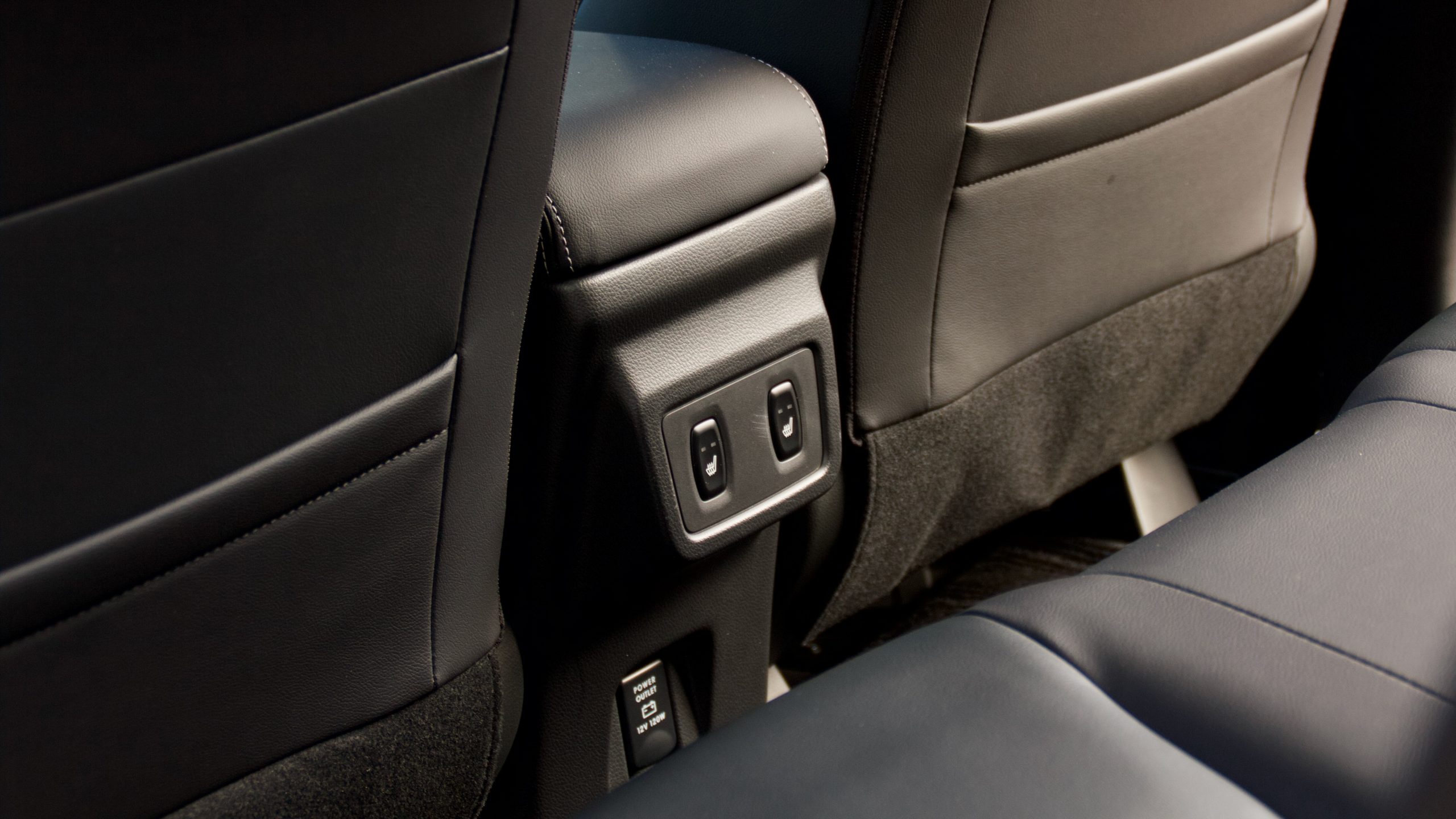
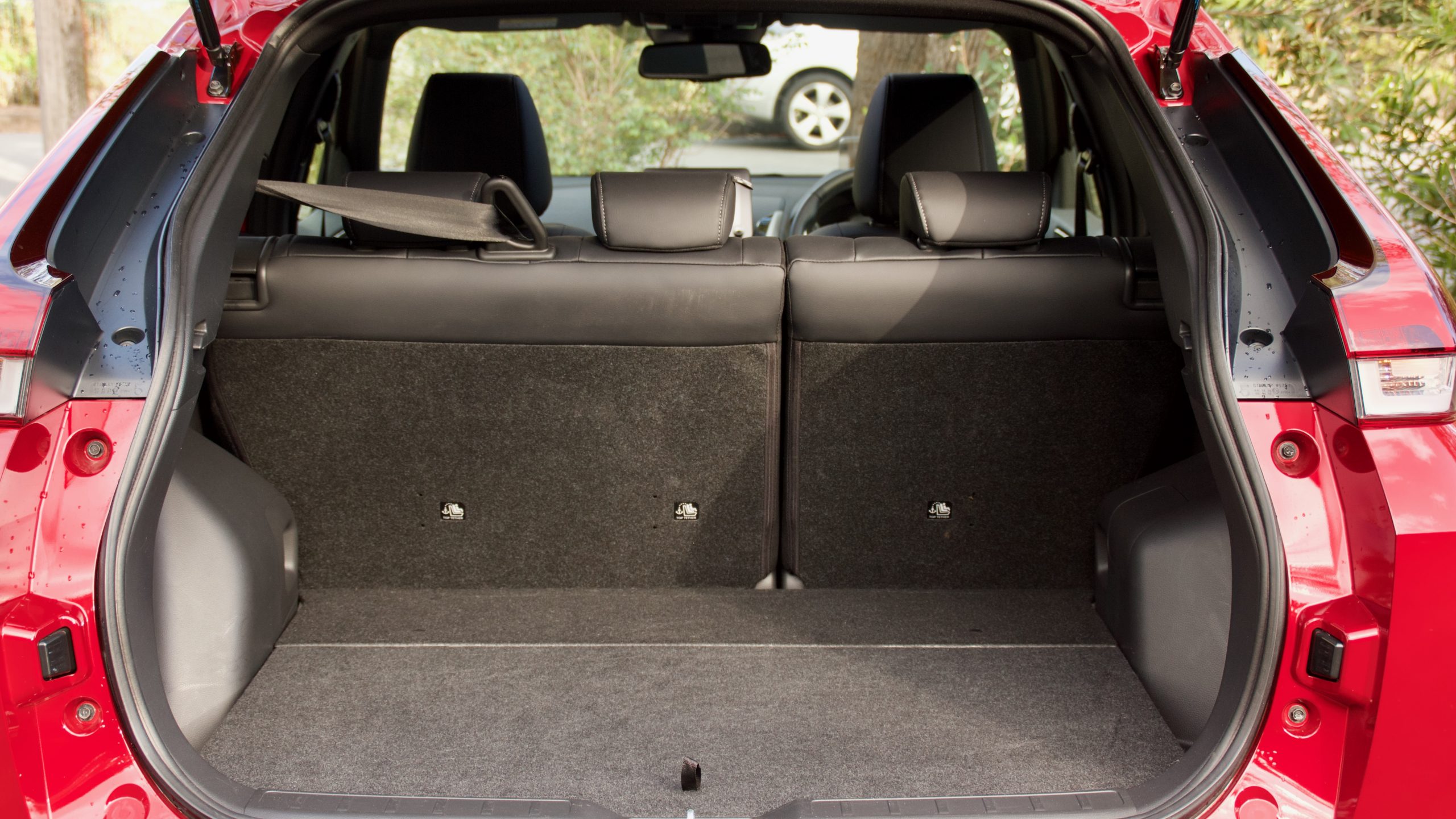
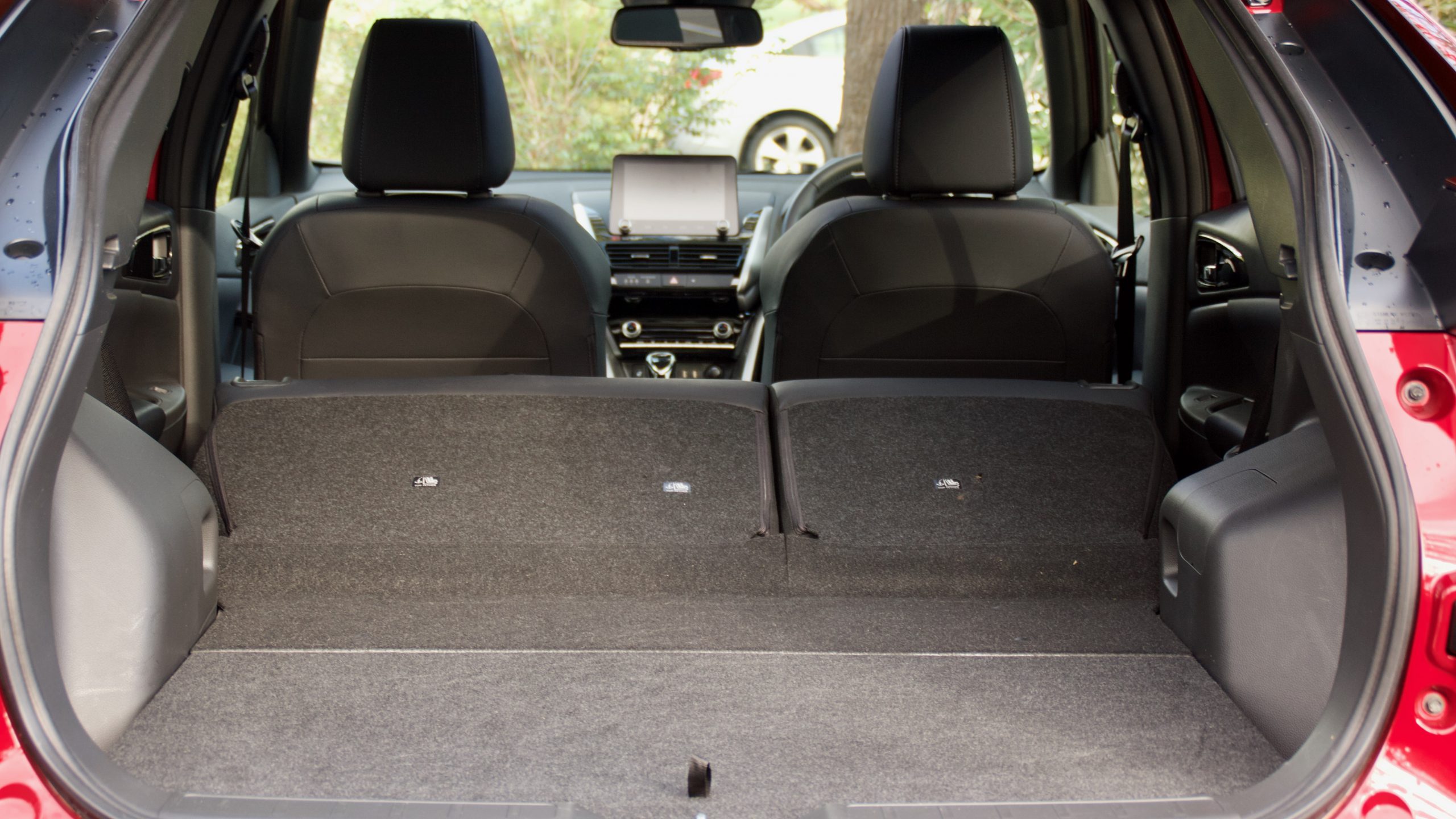
Leave a Reply